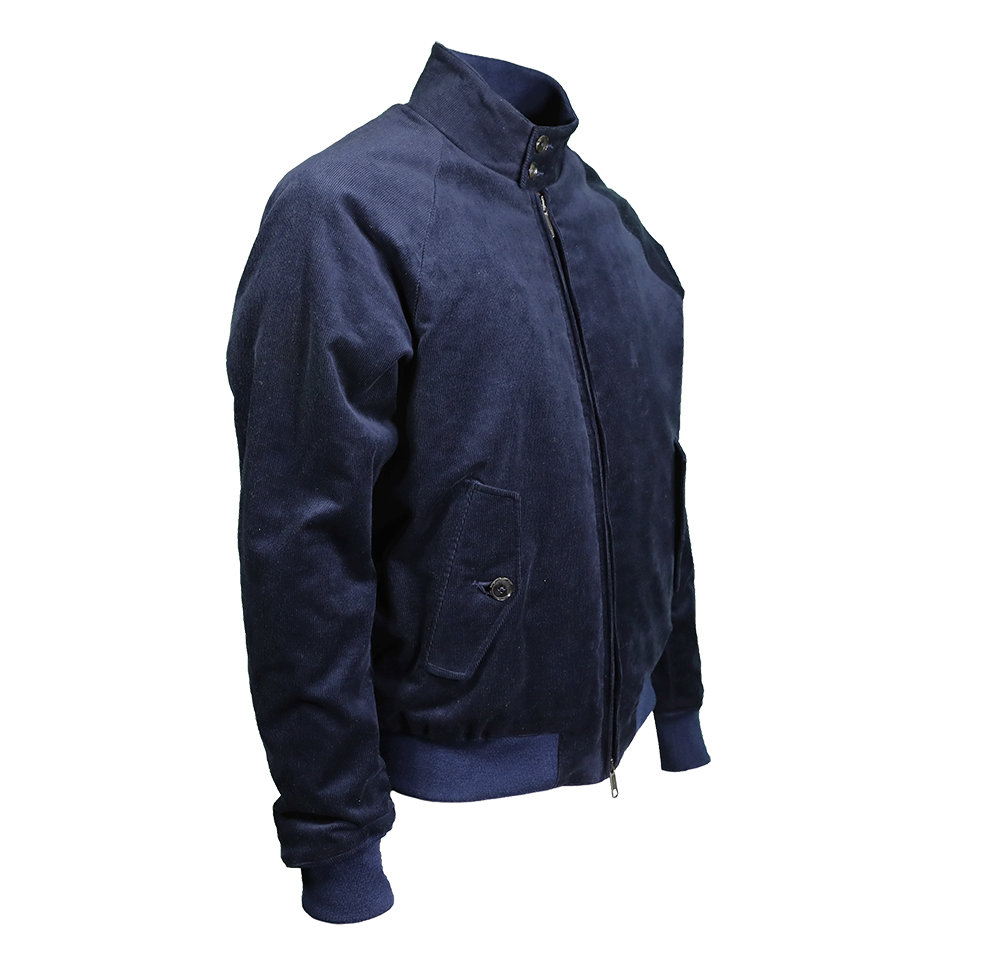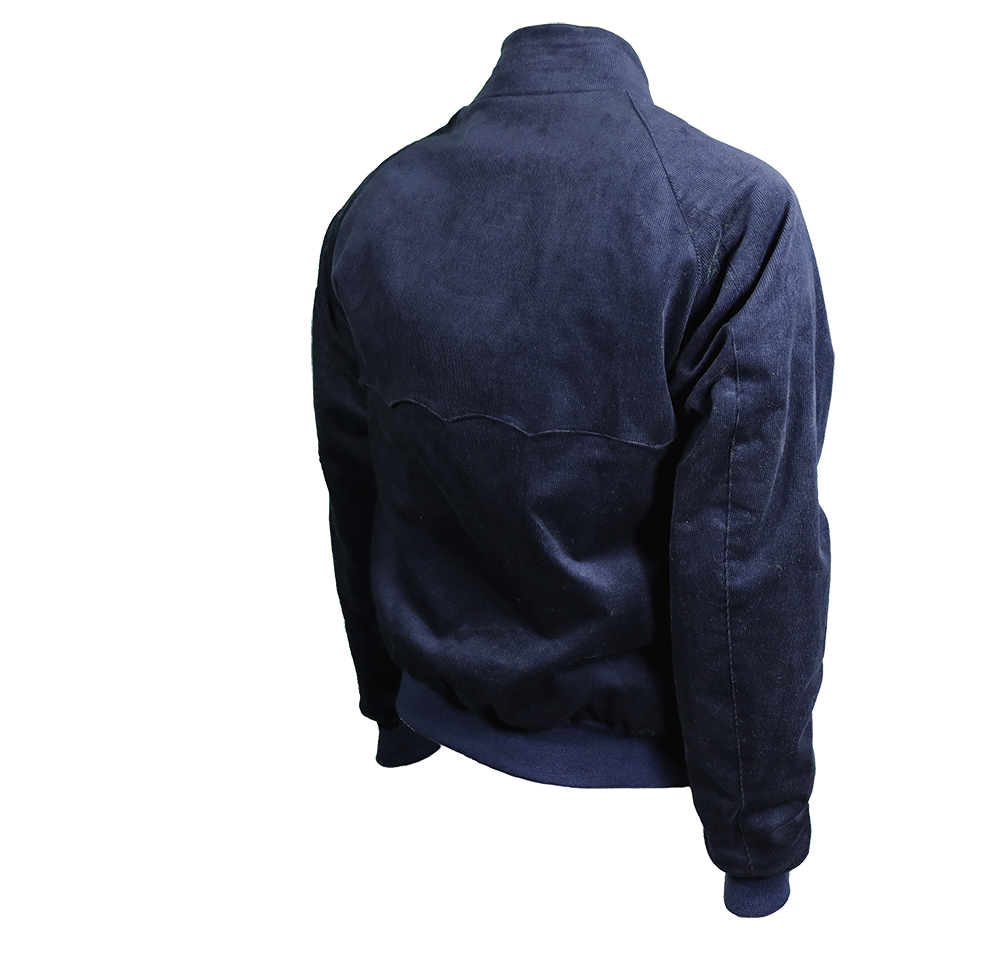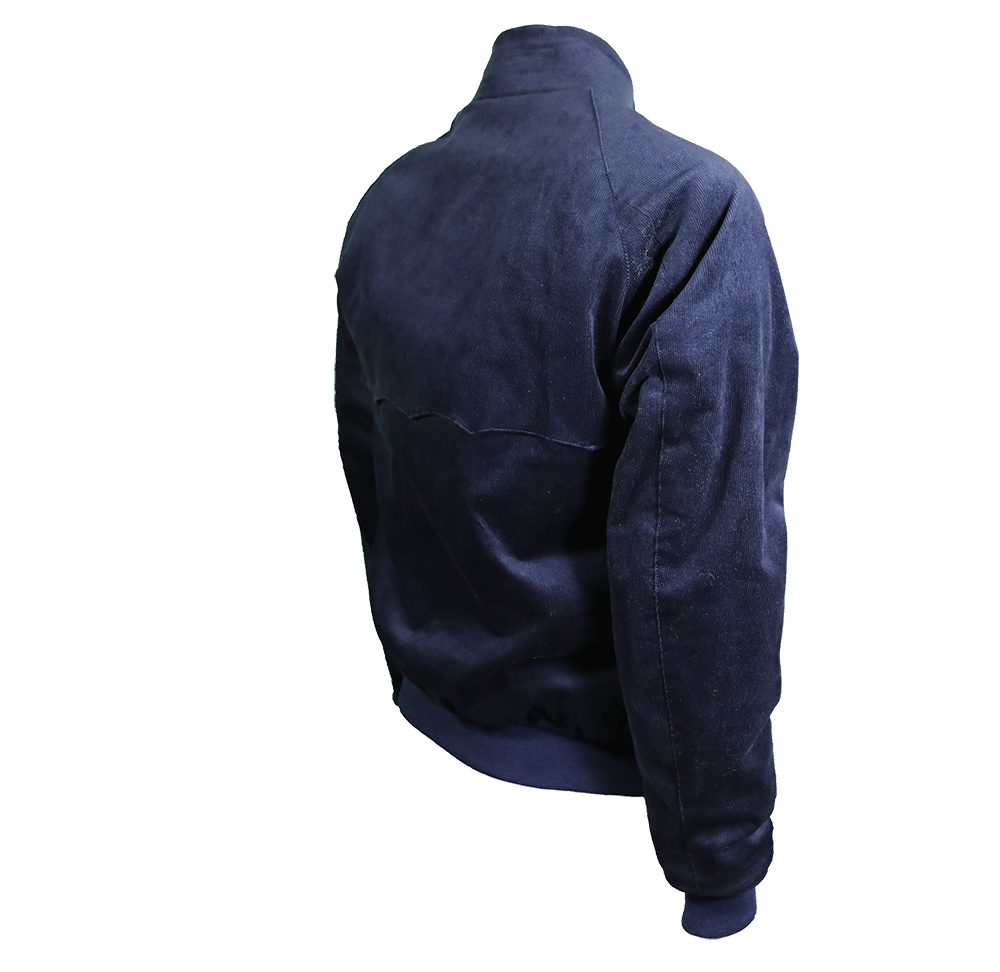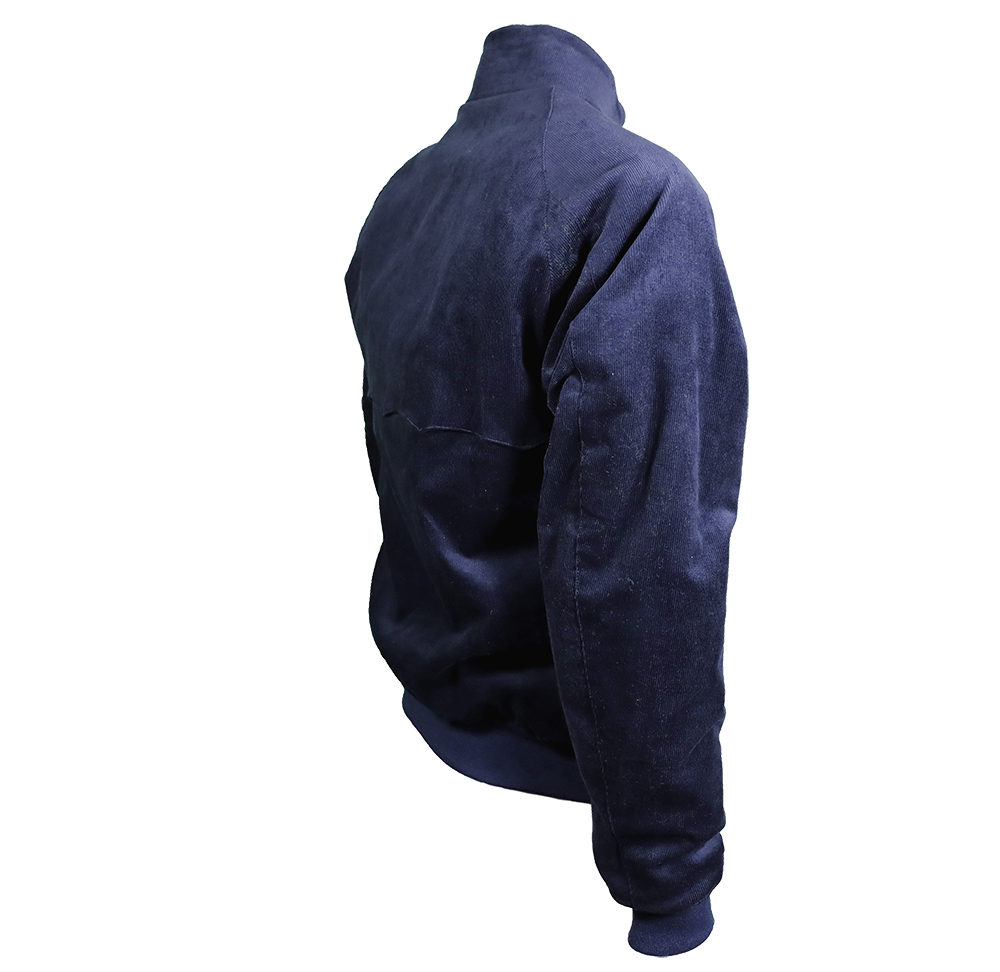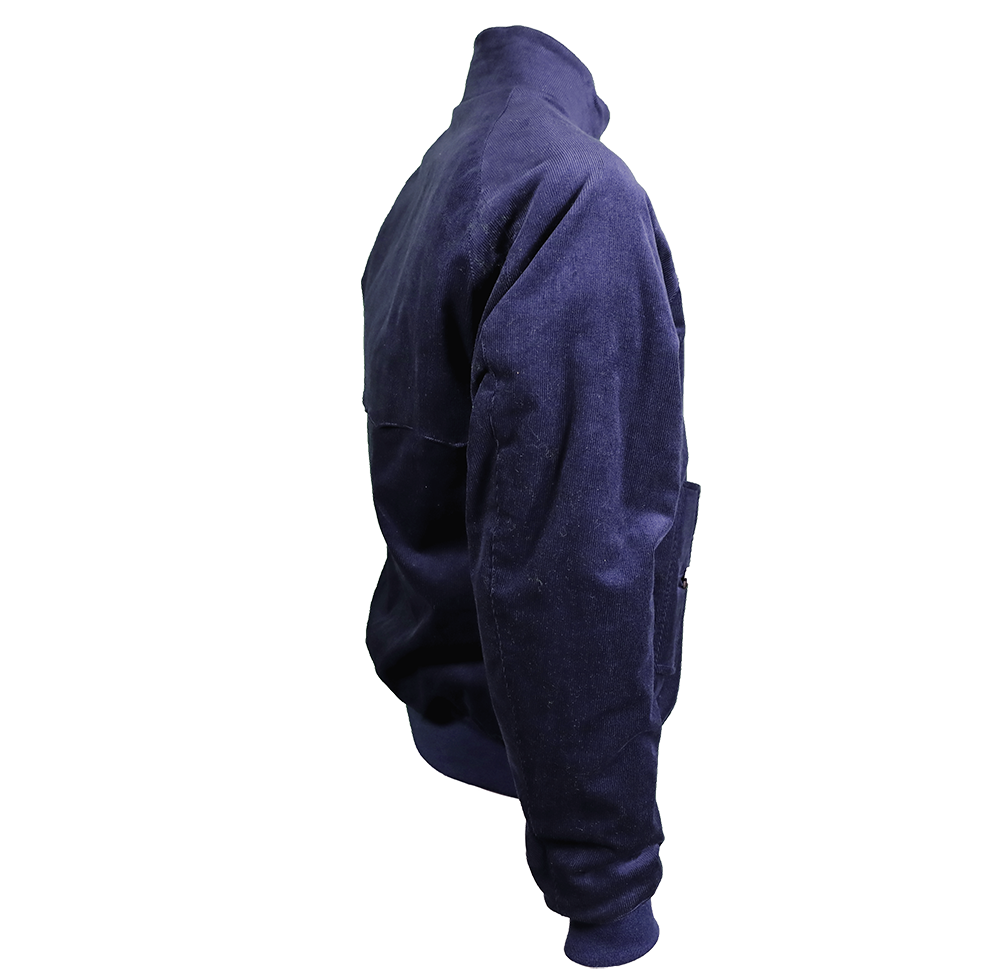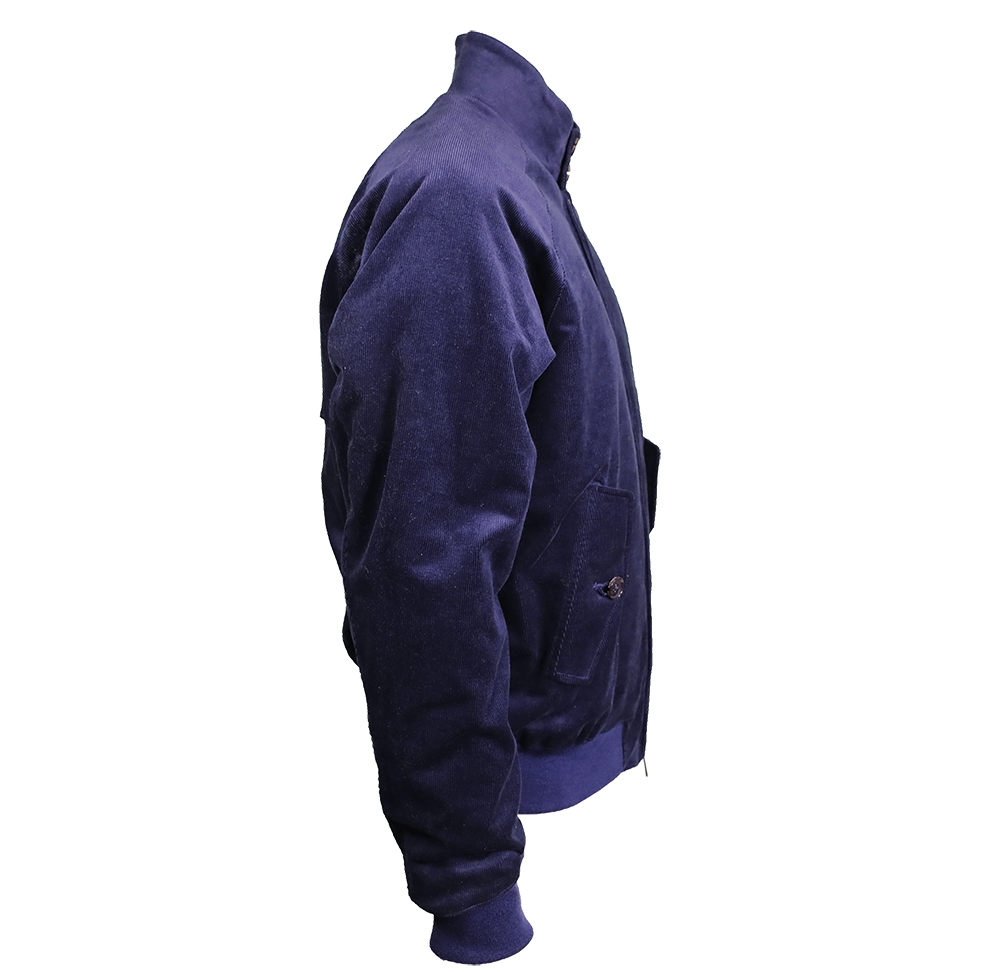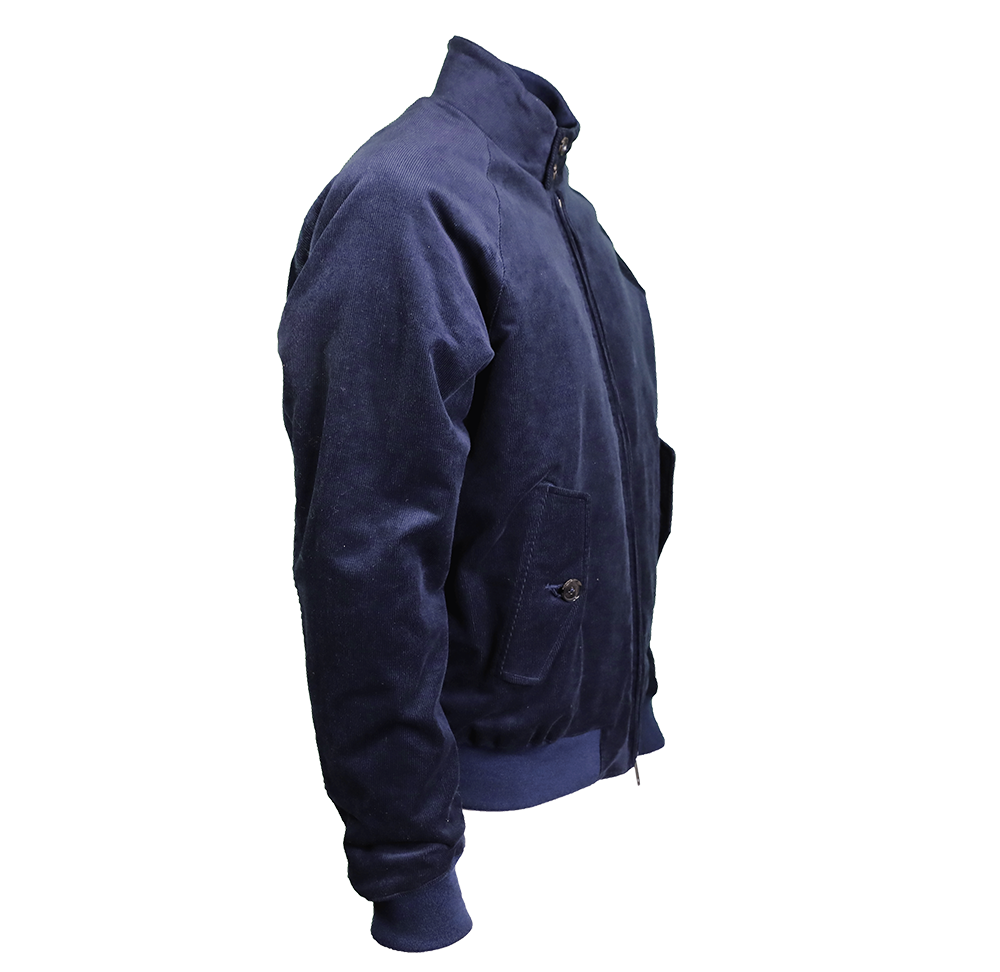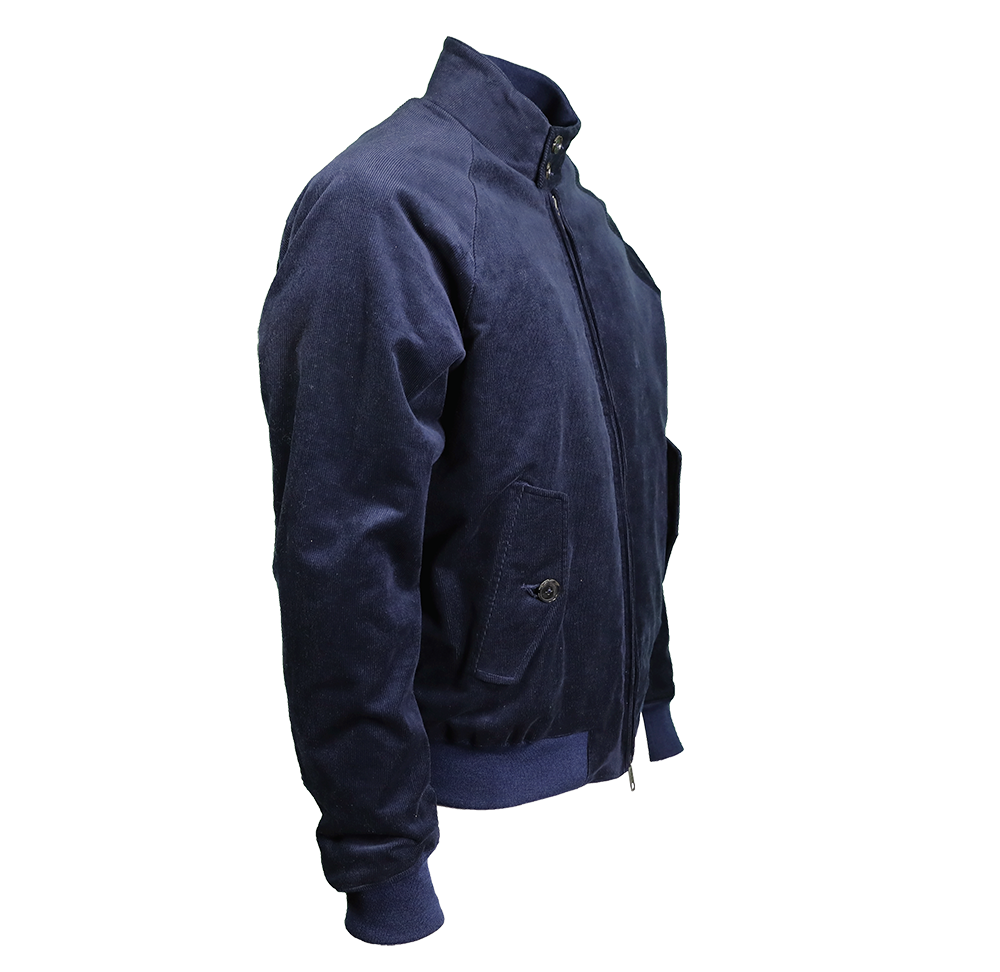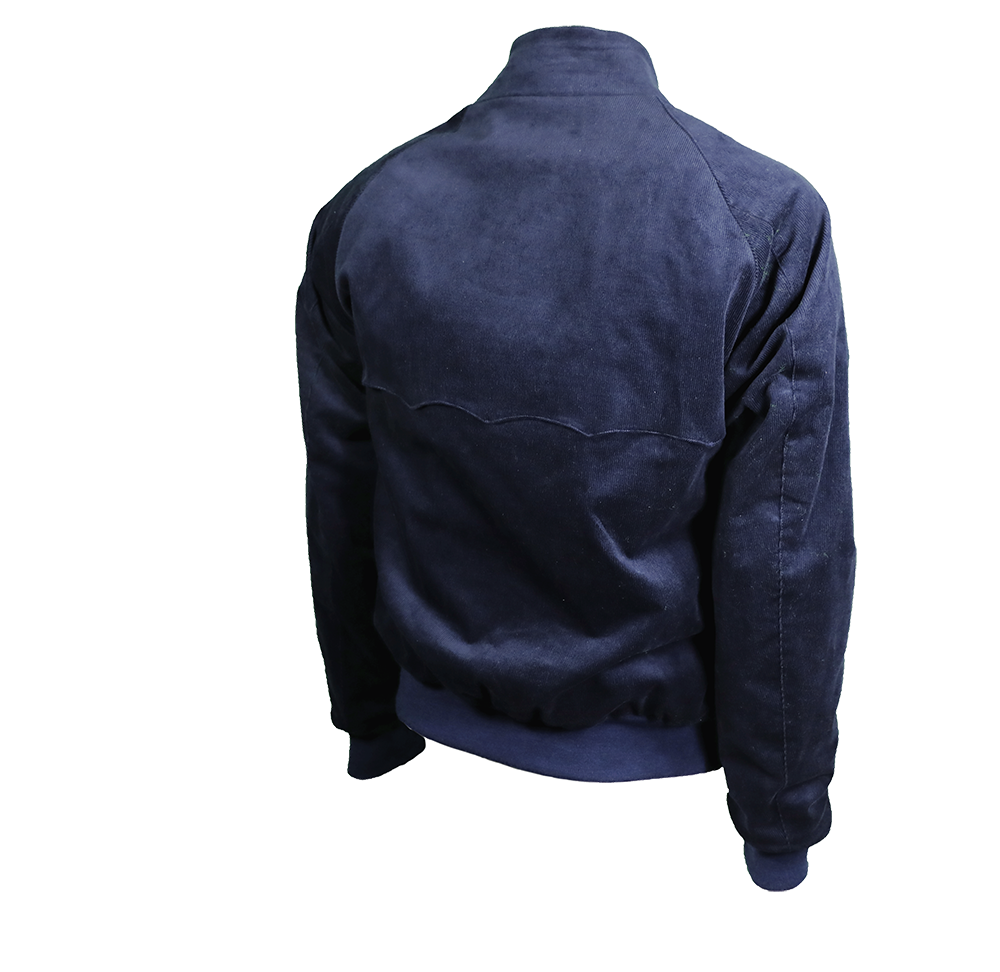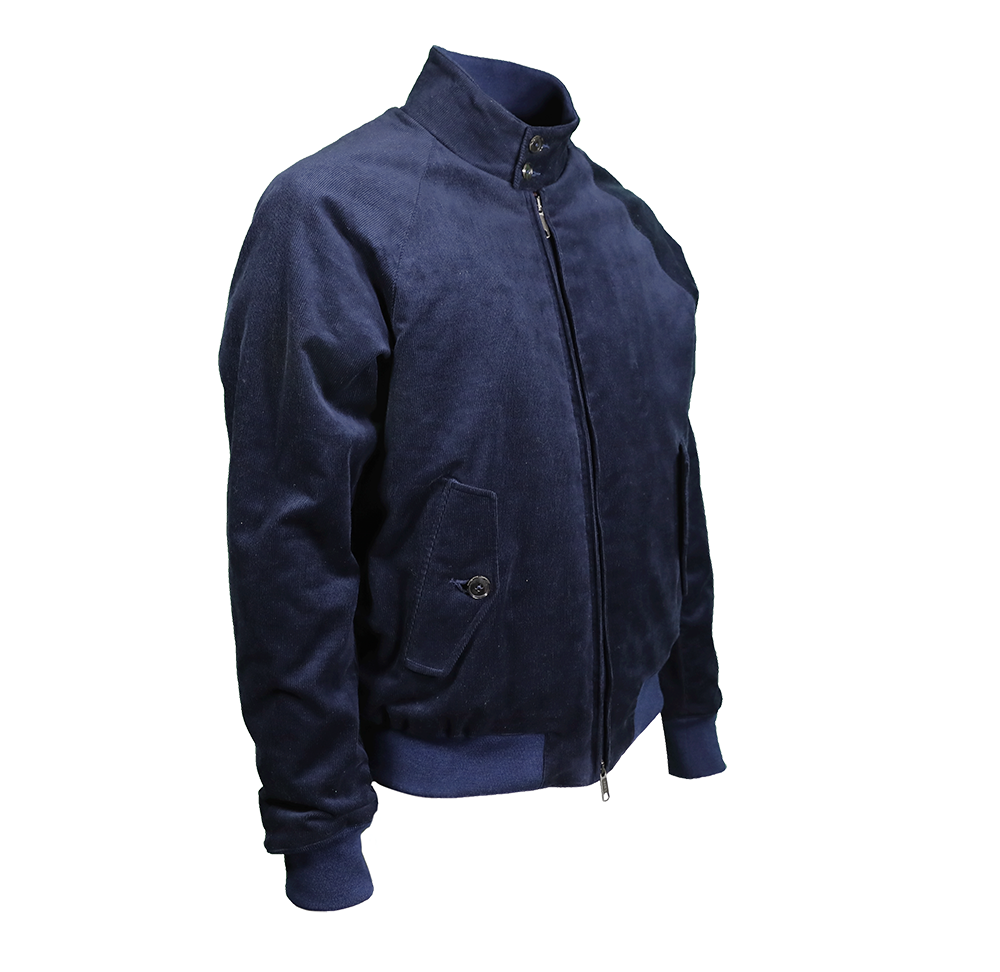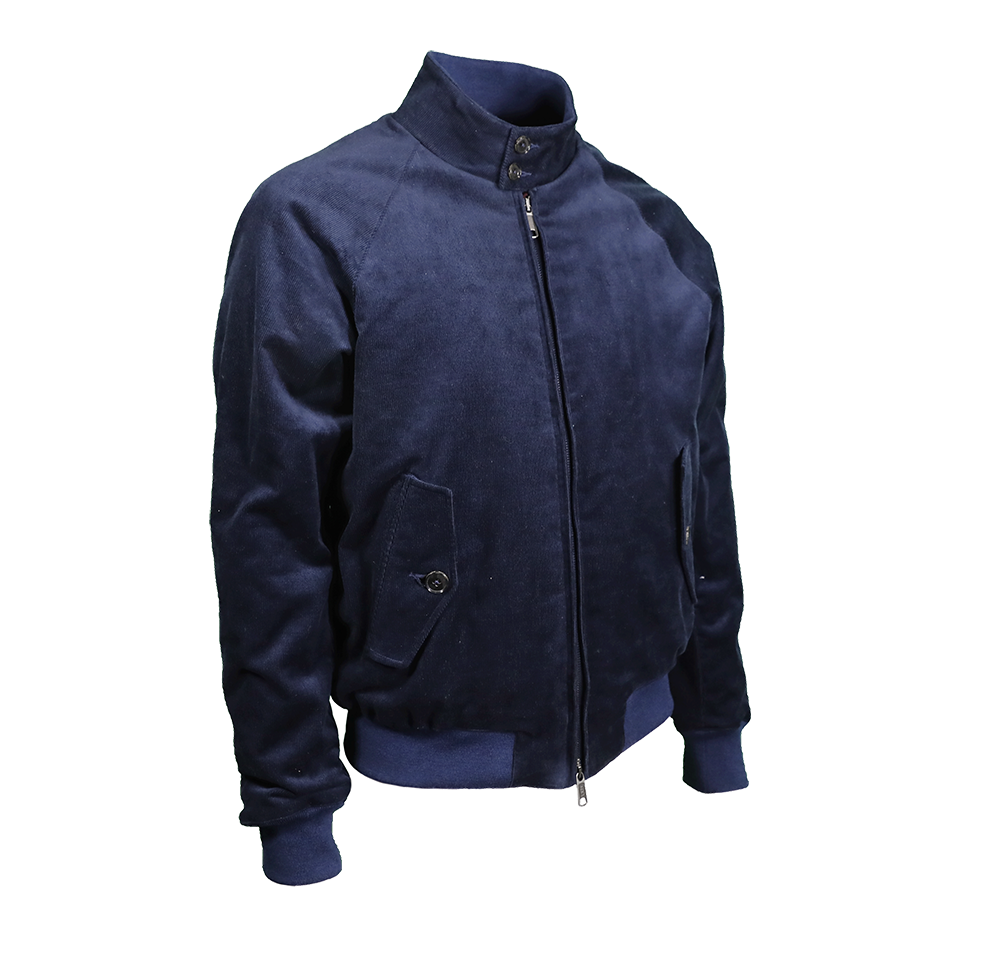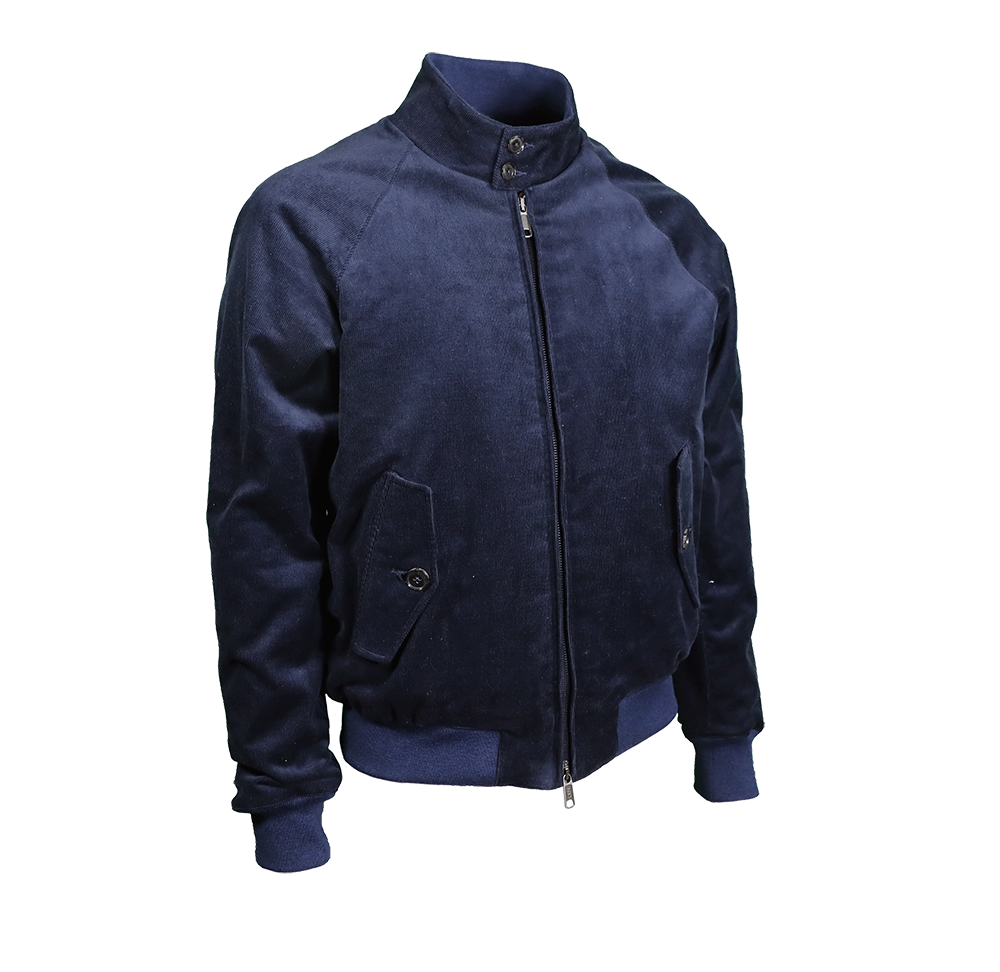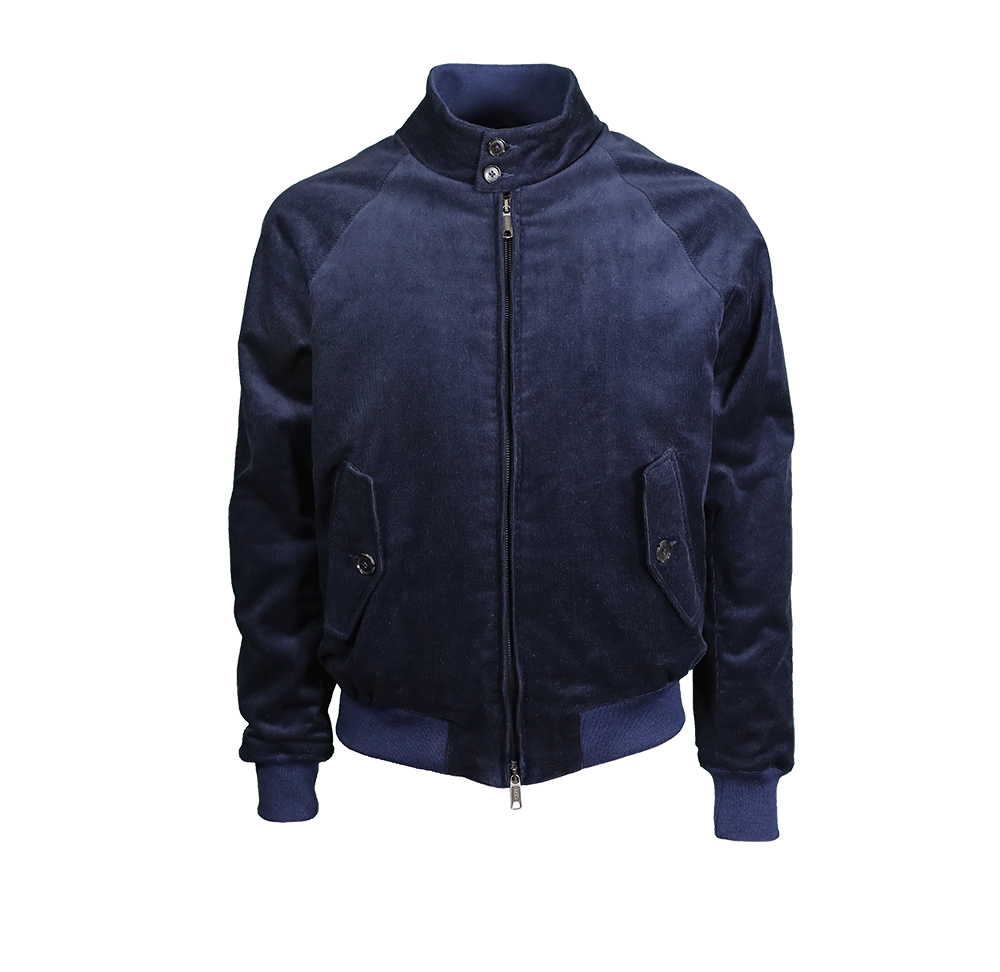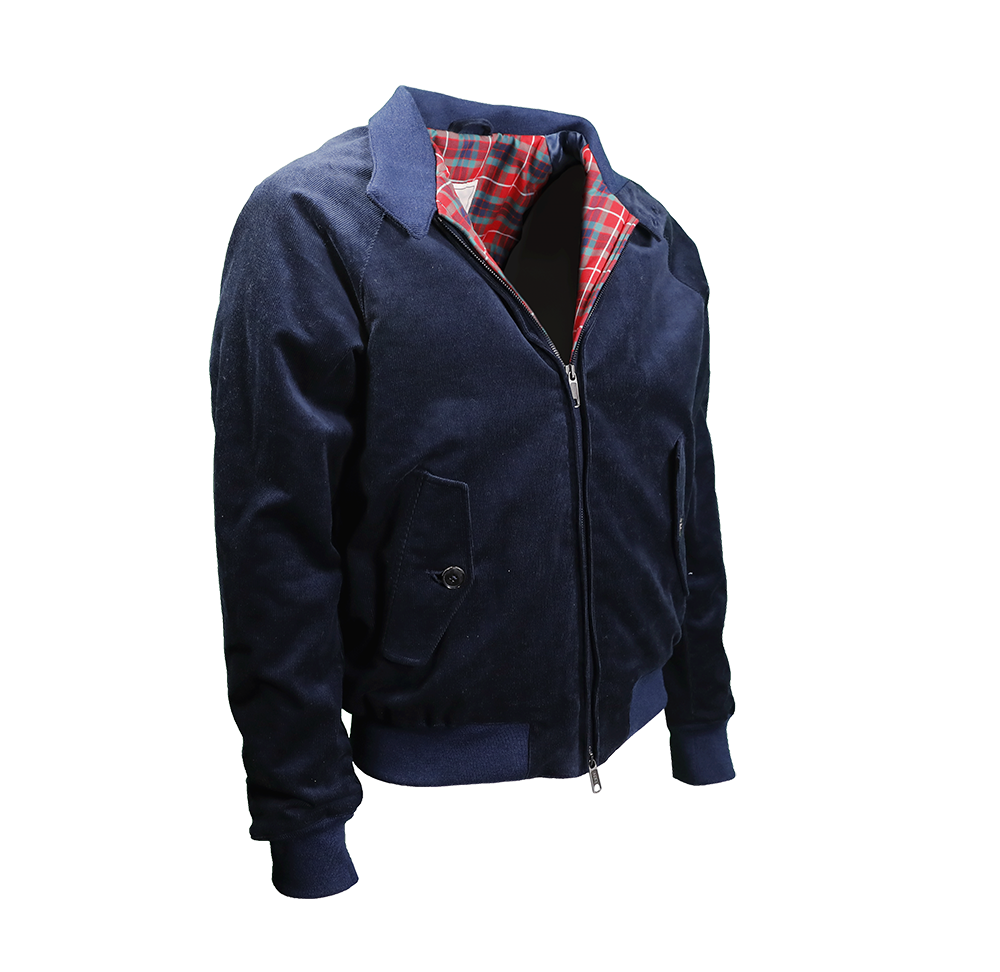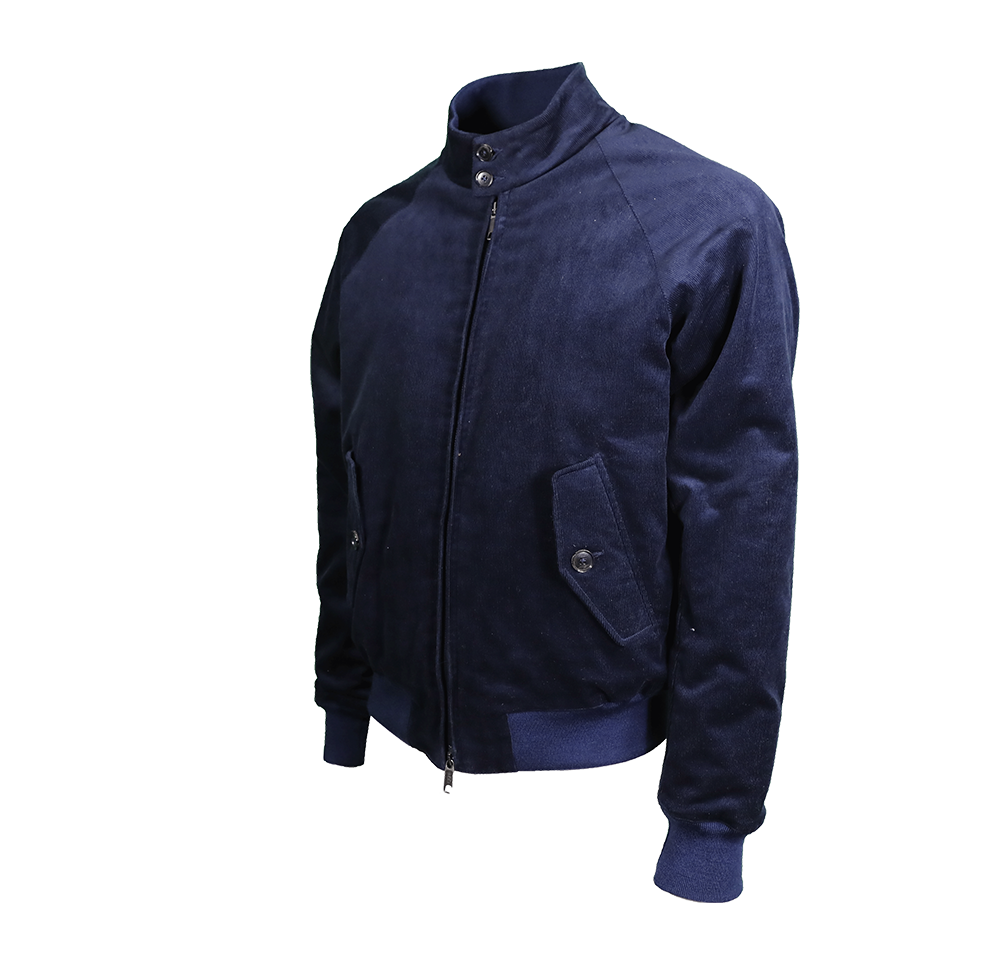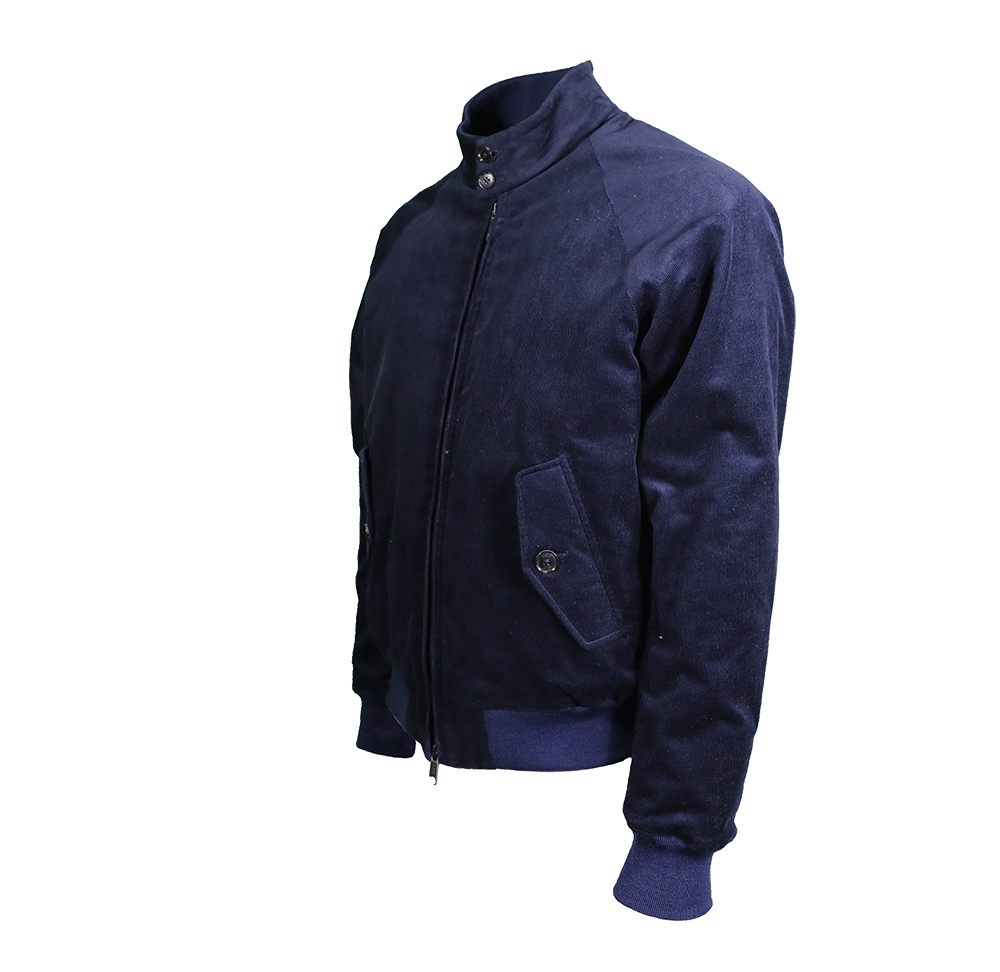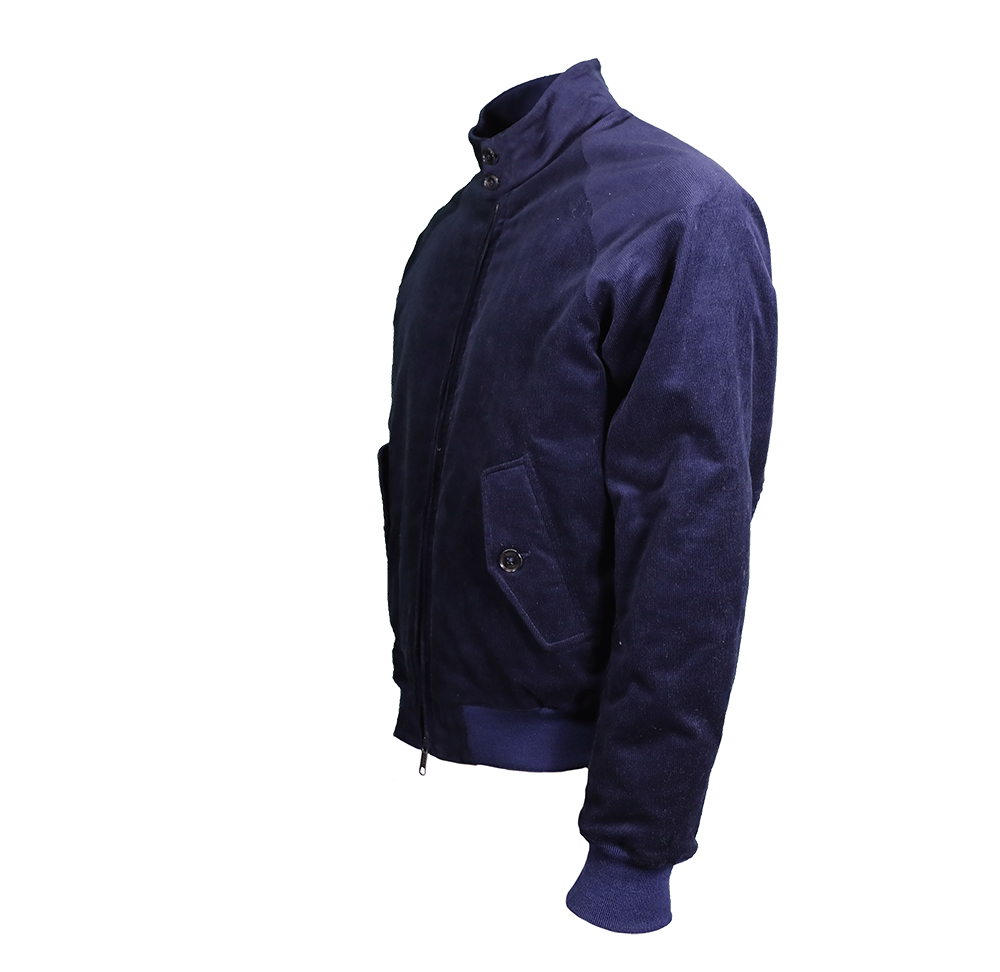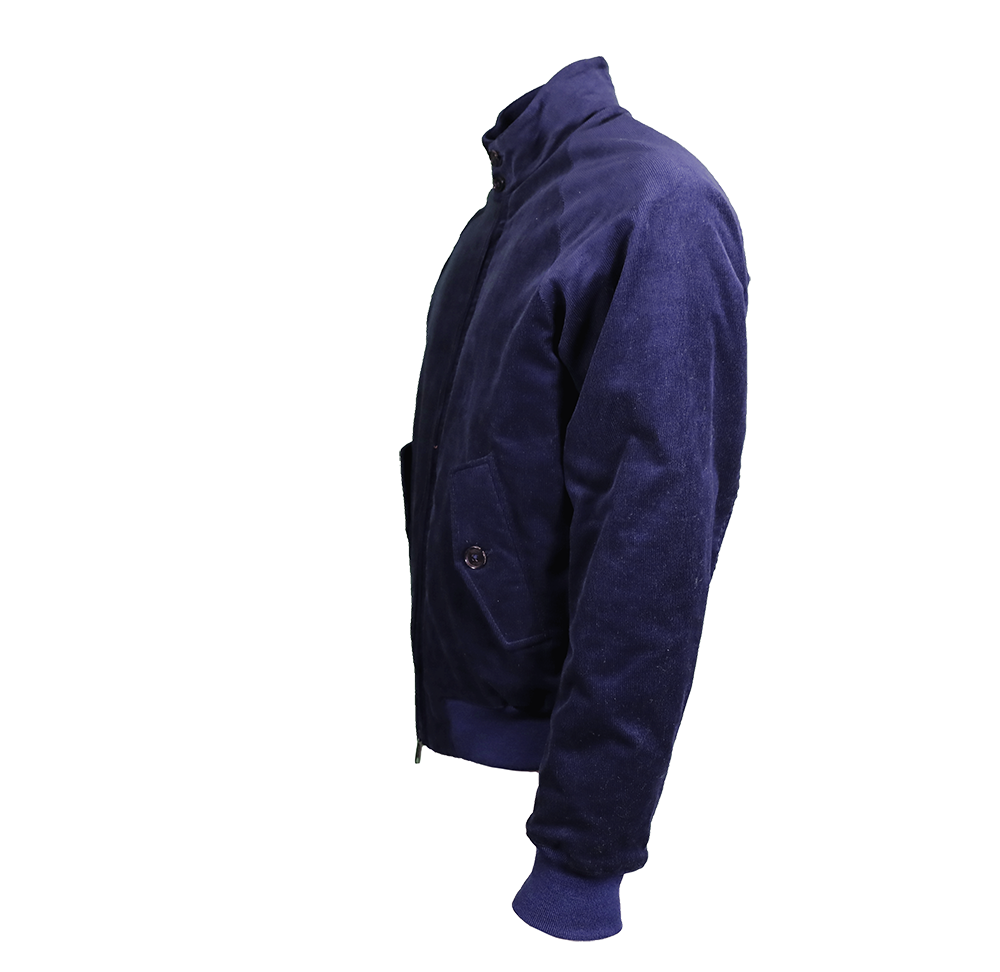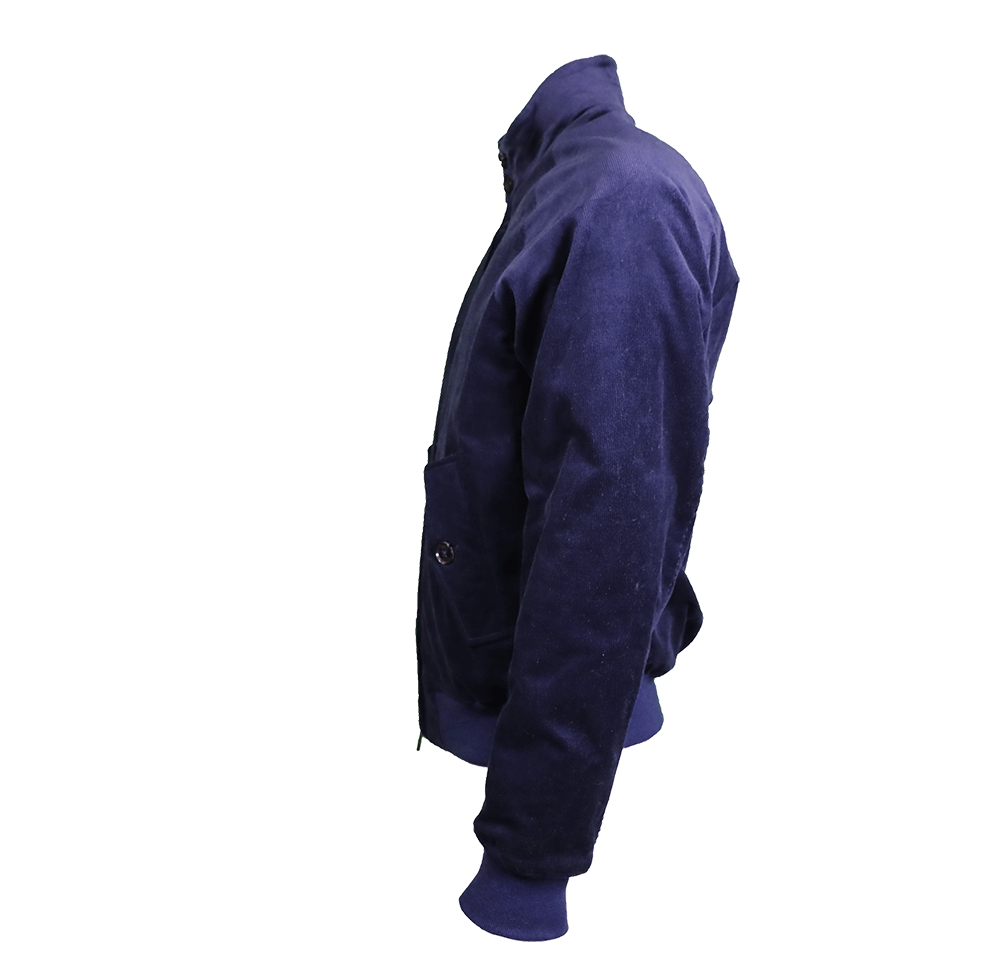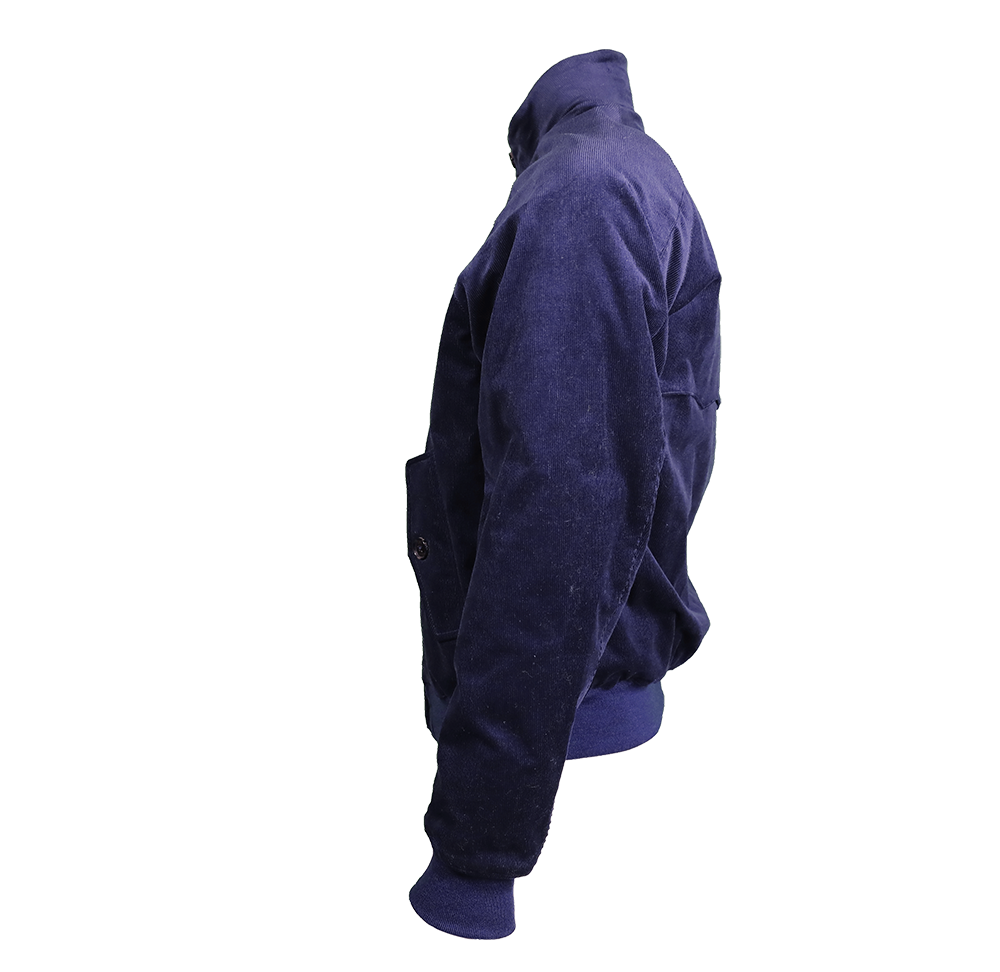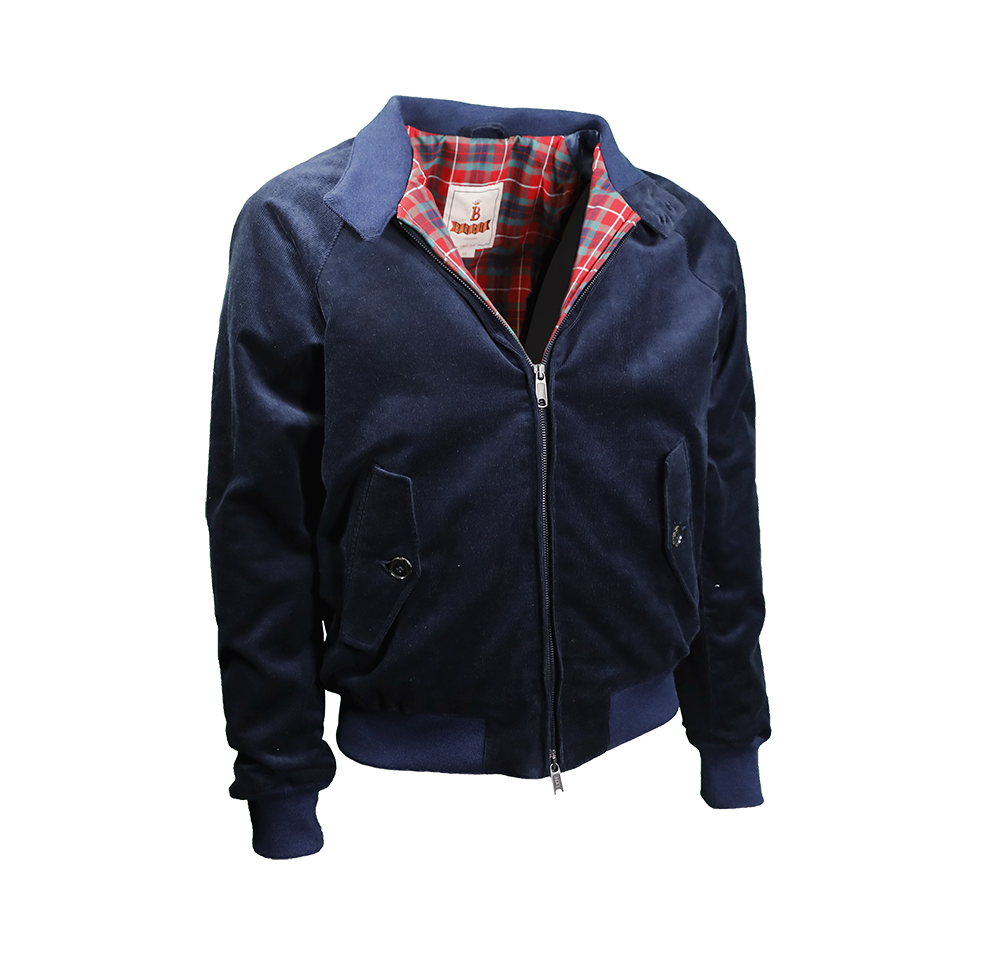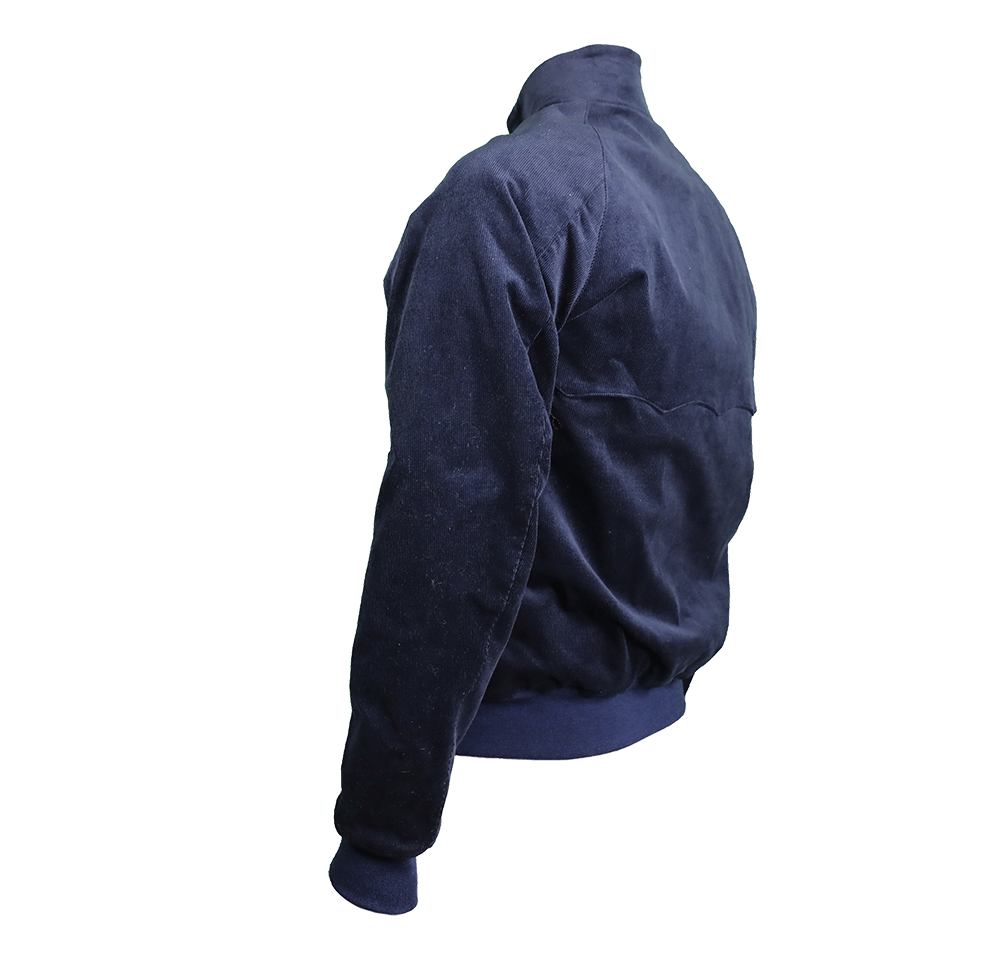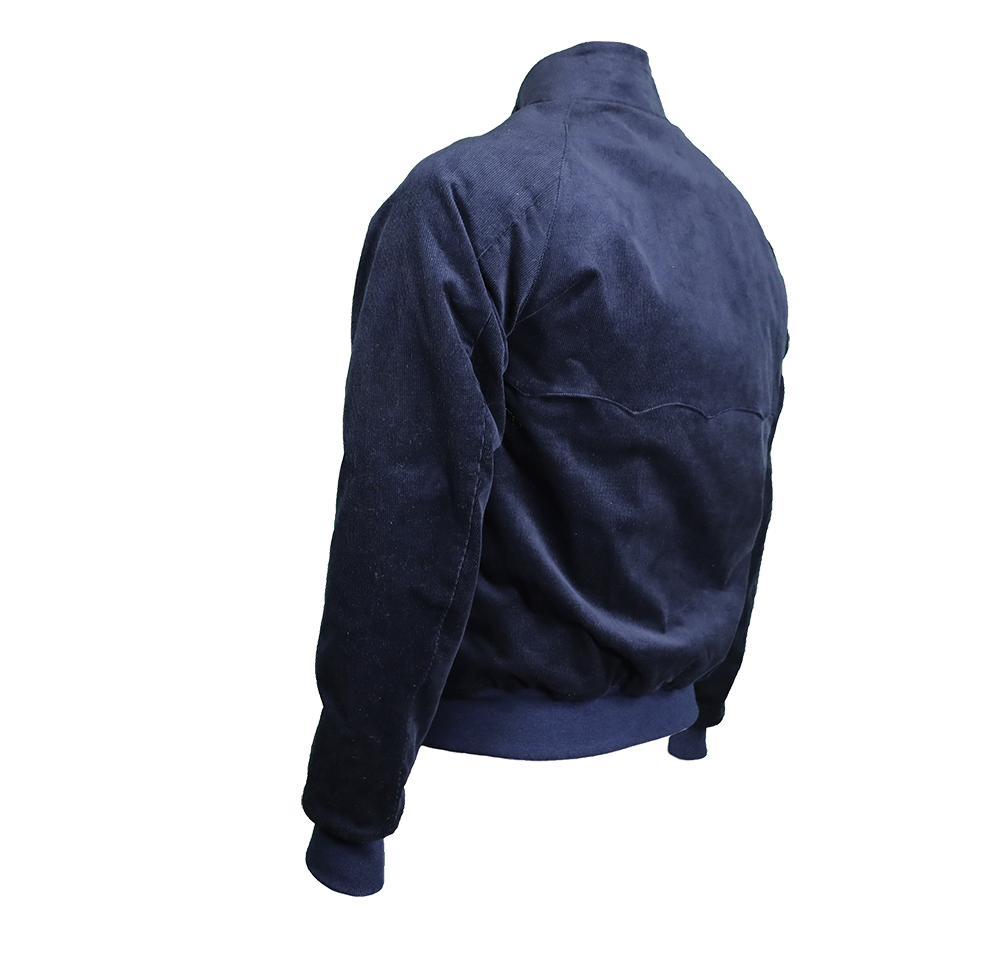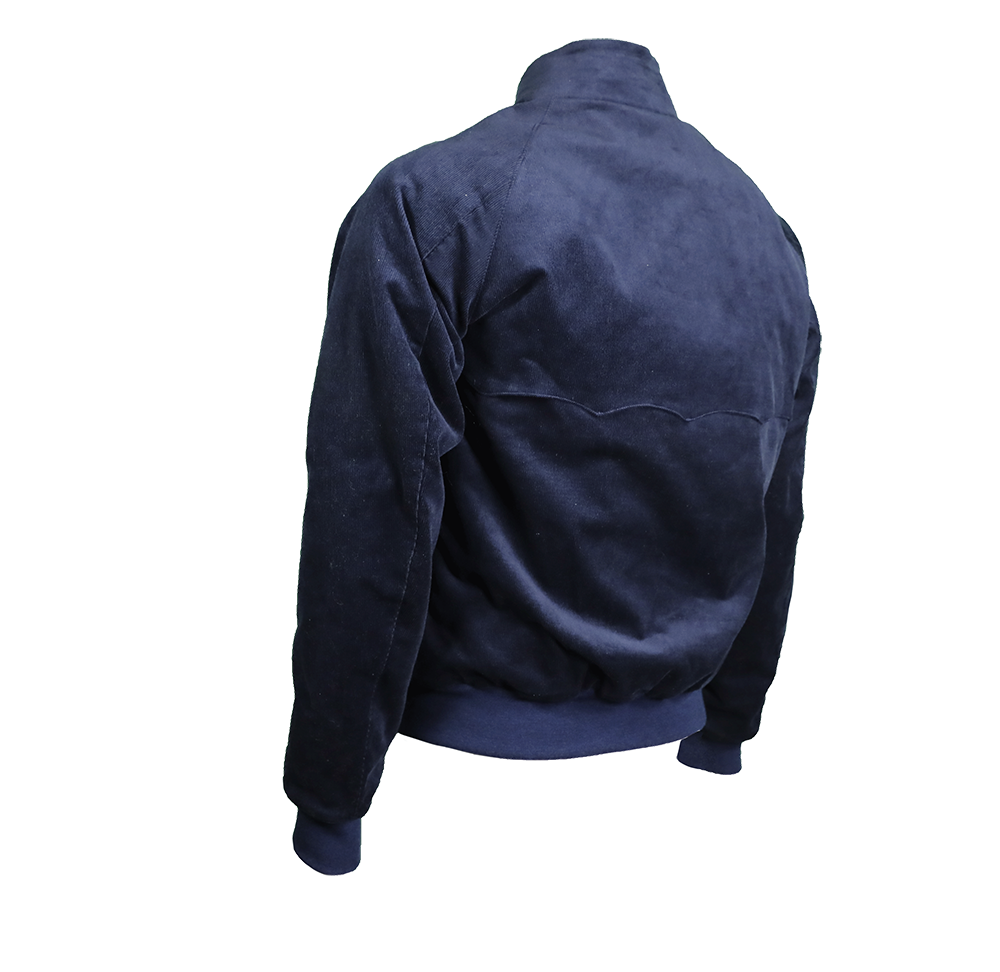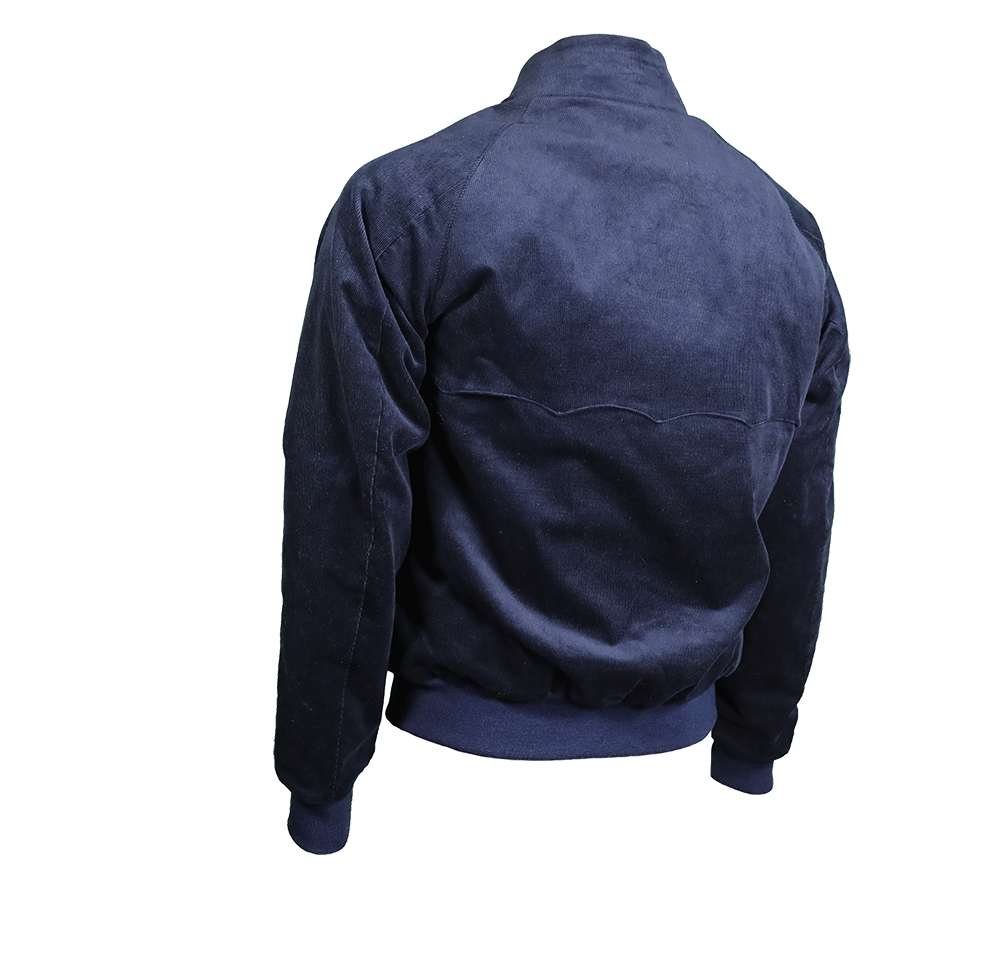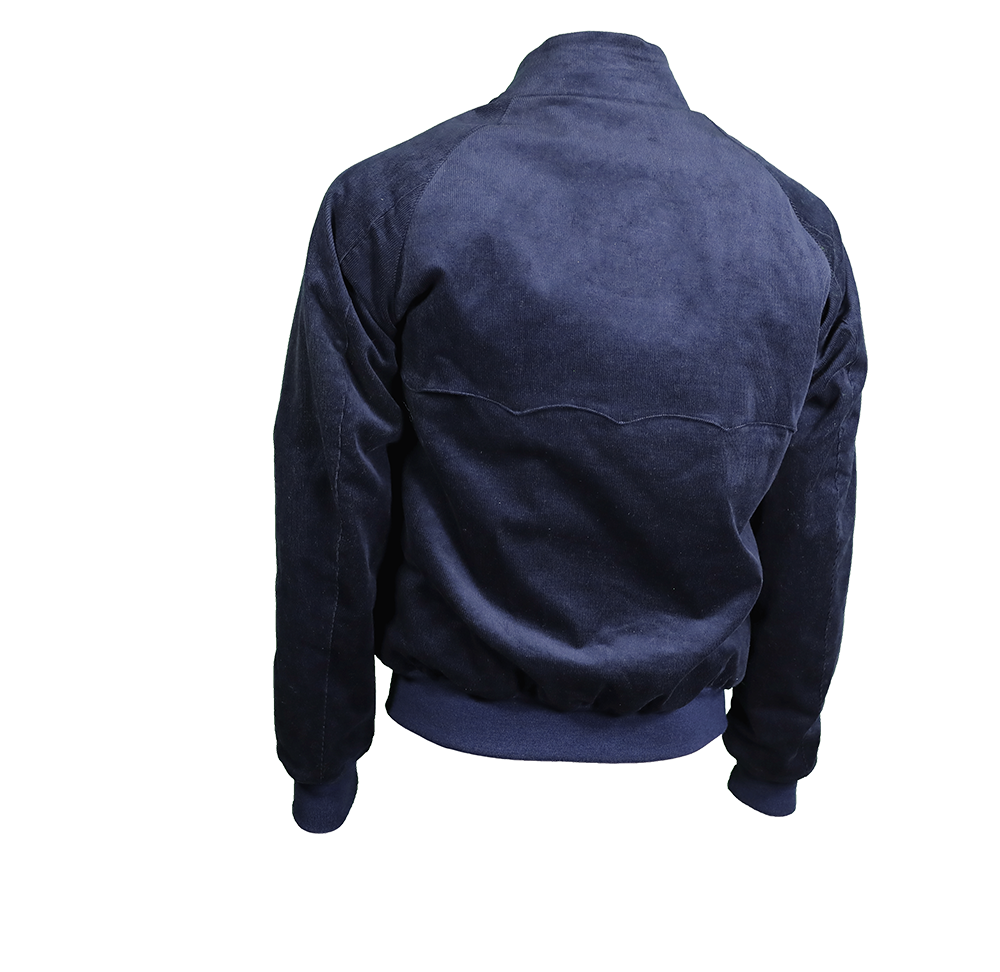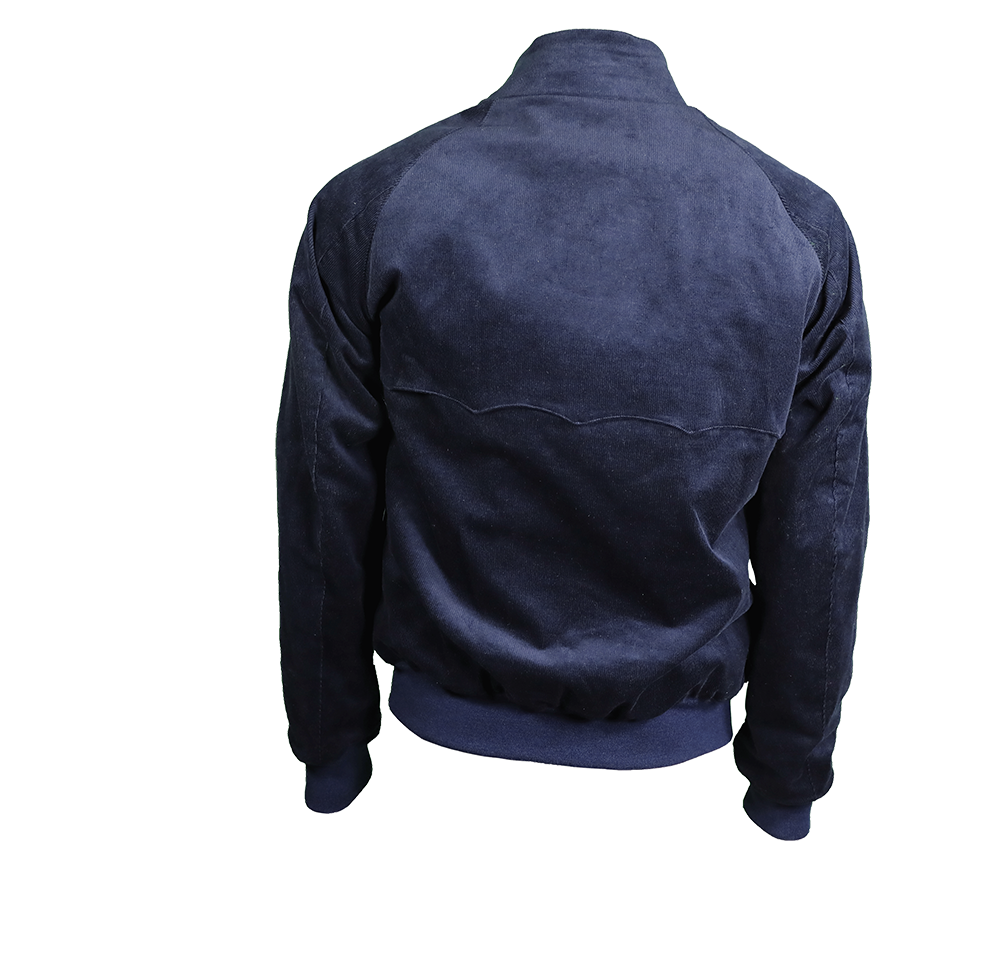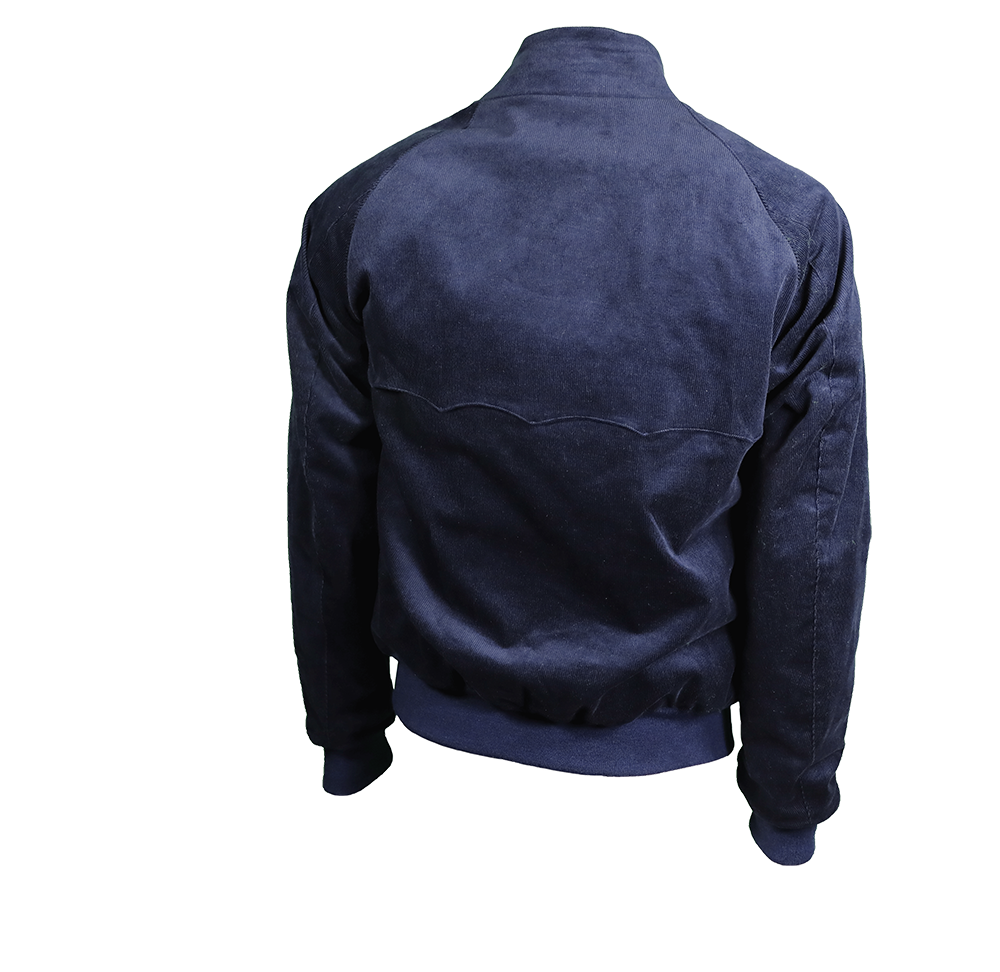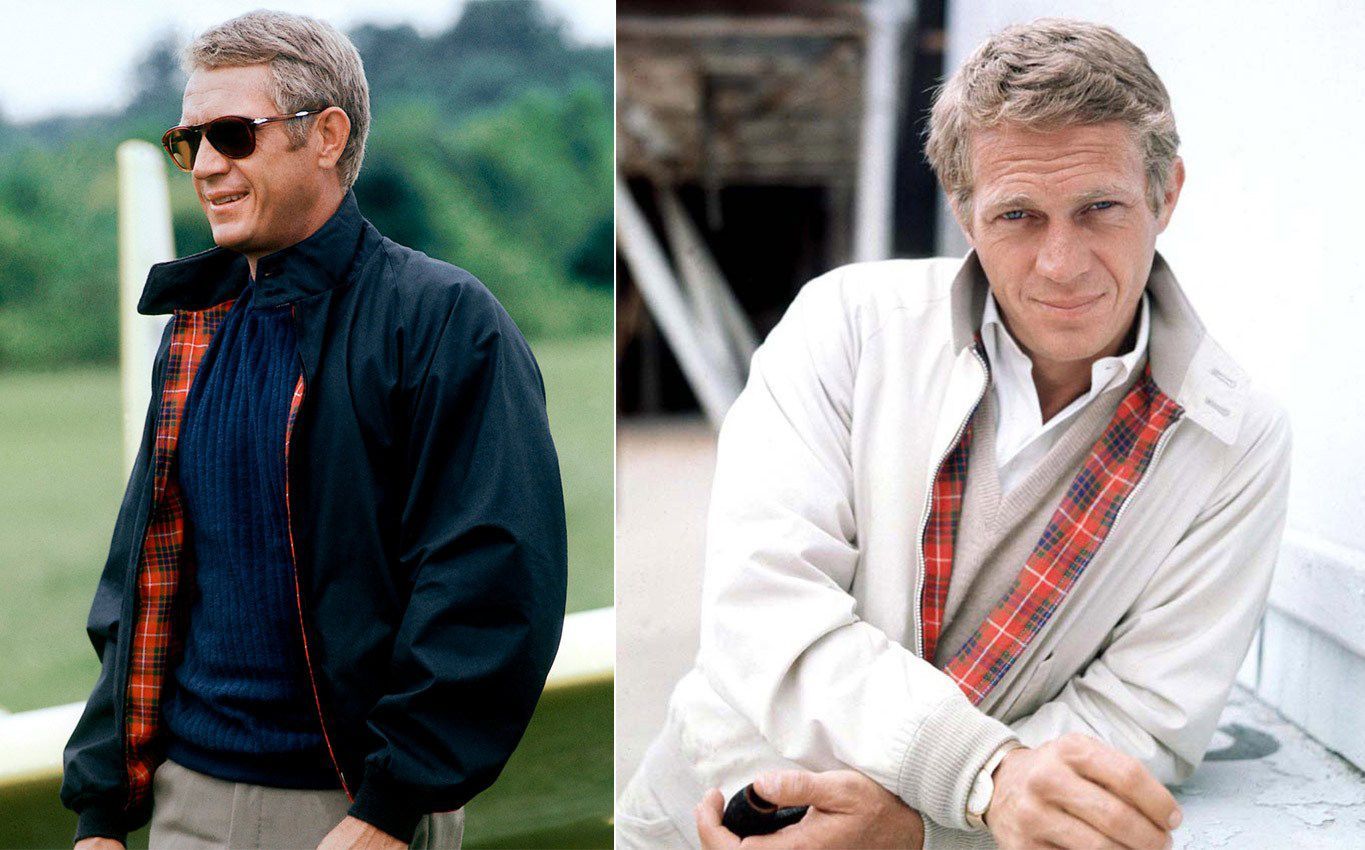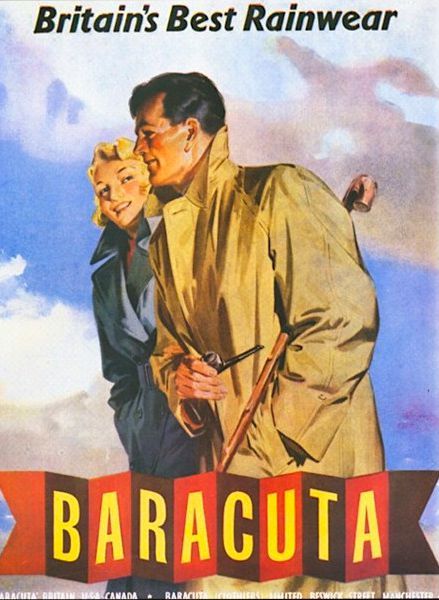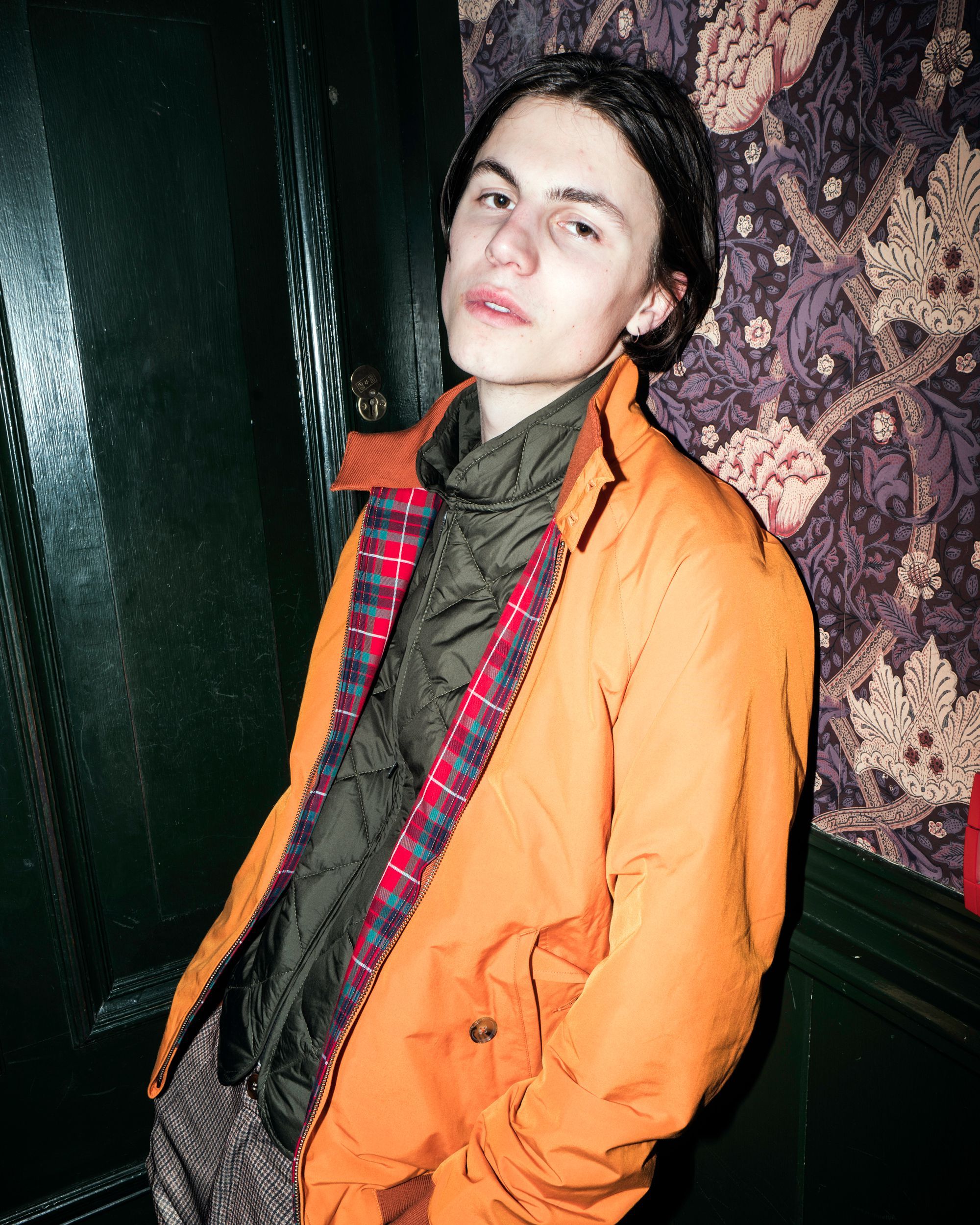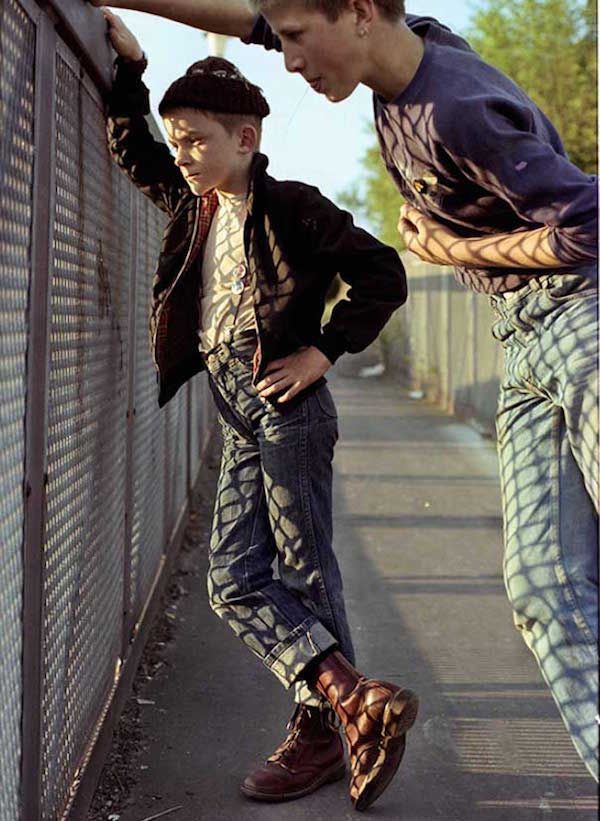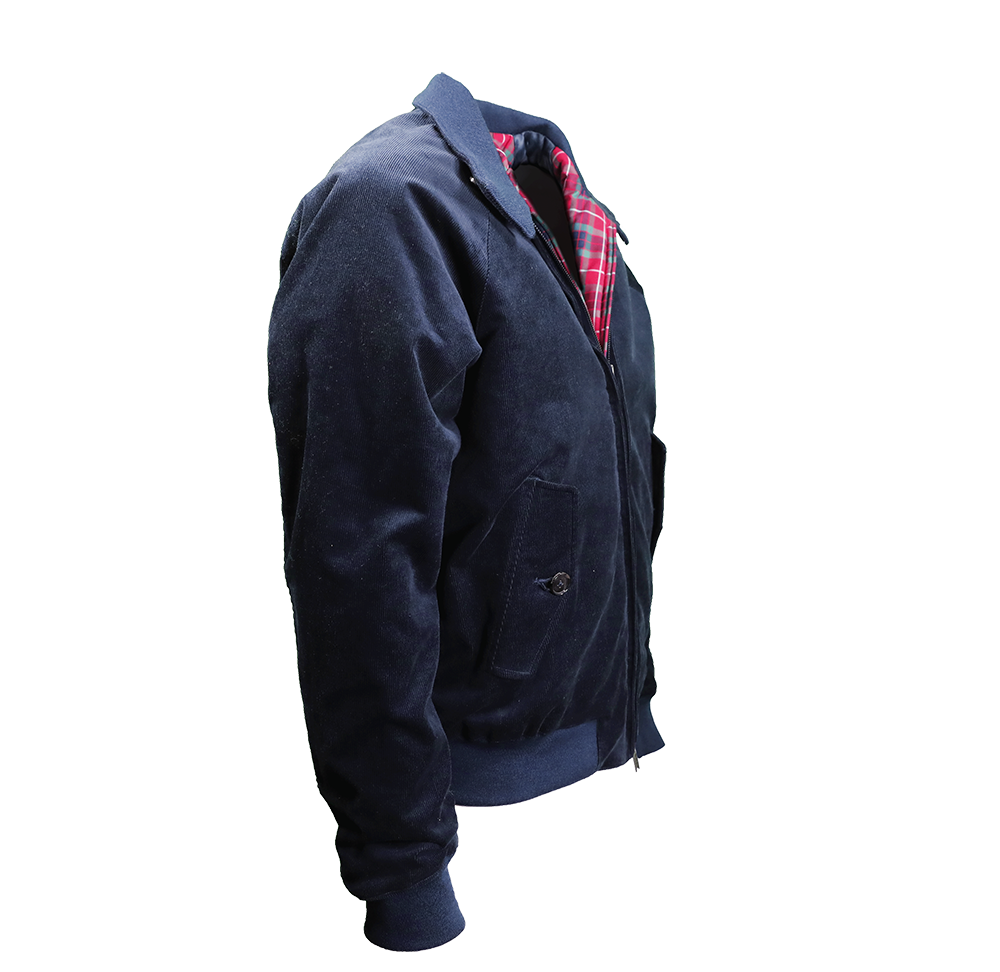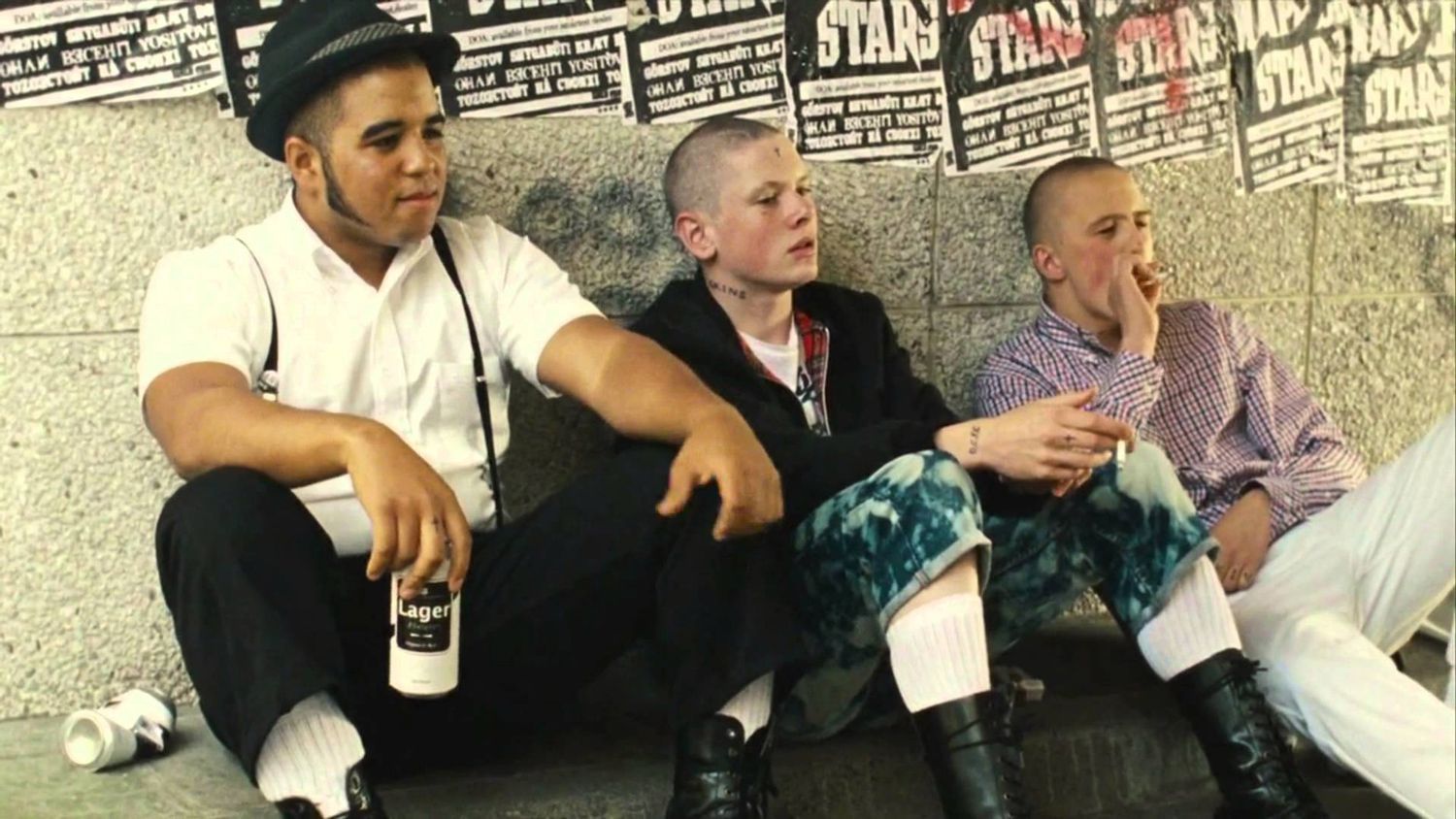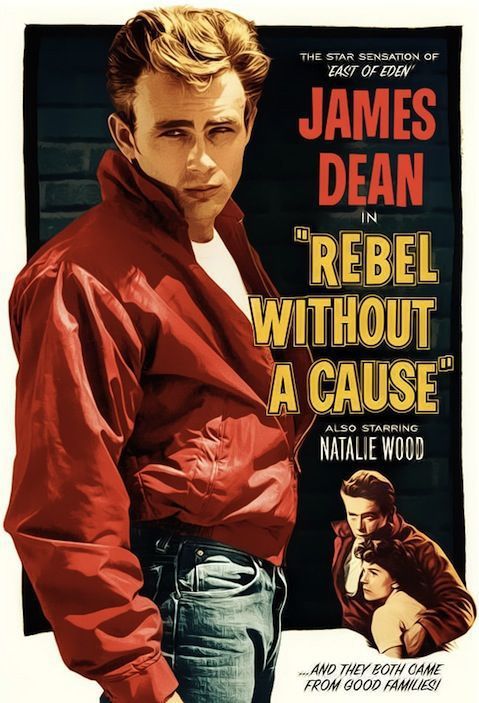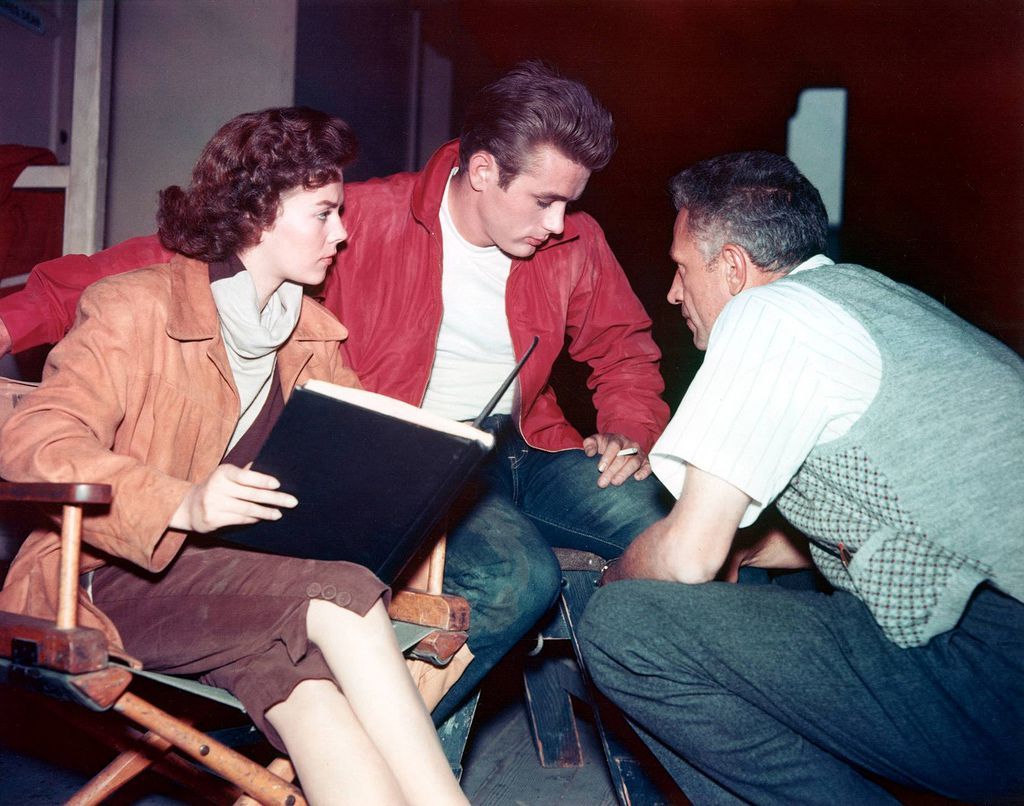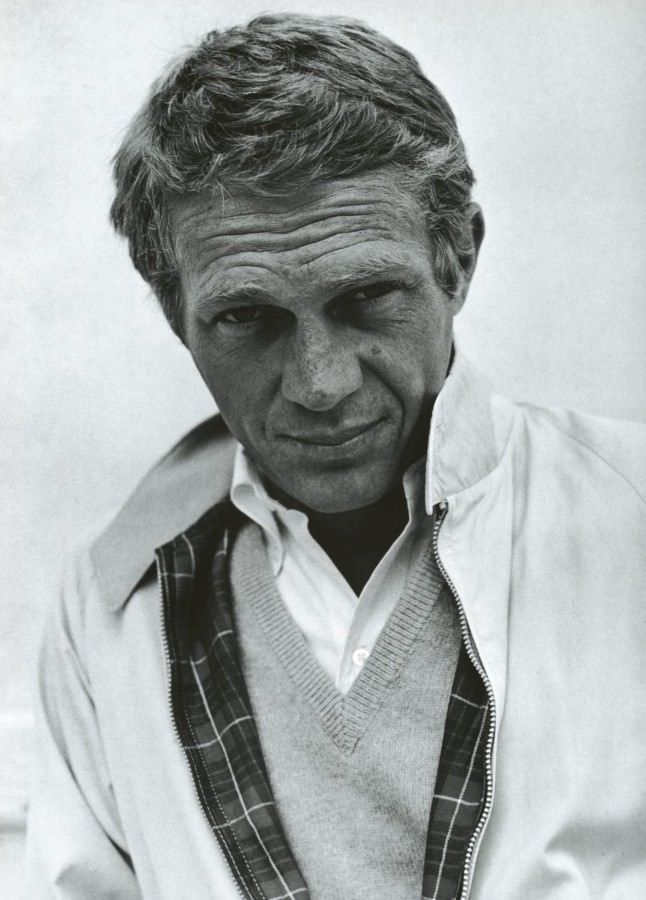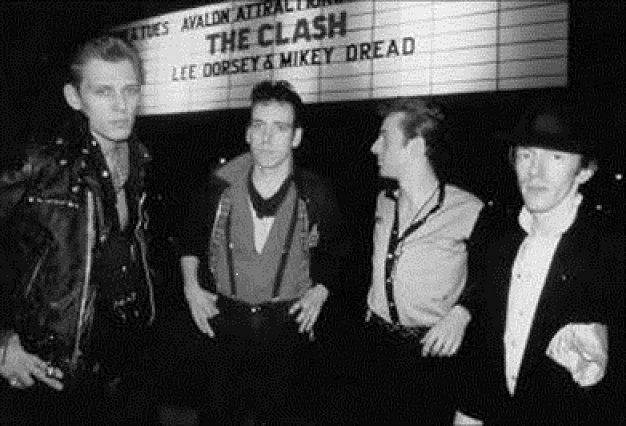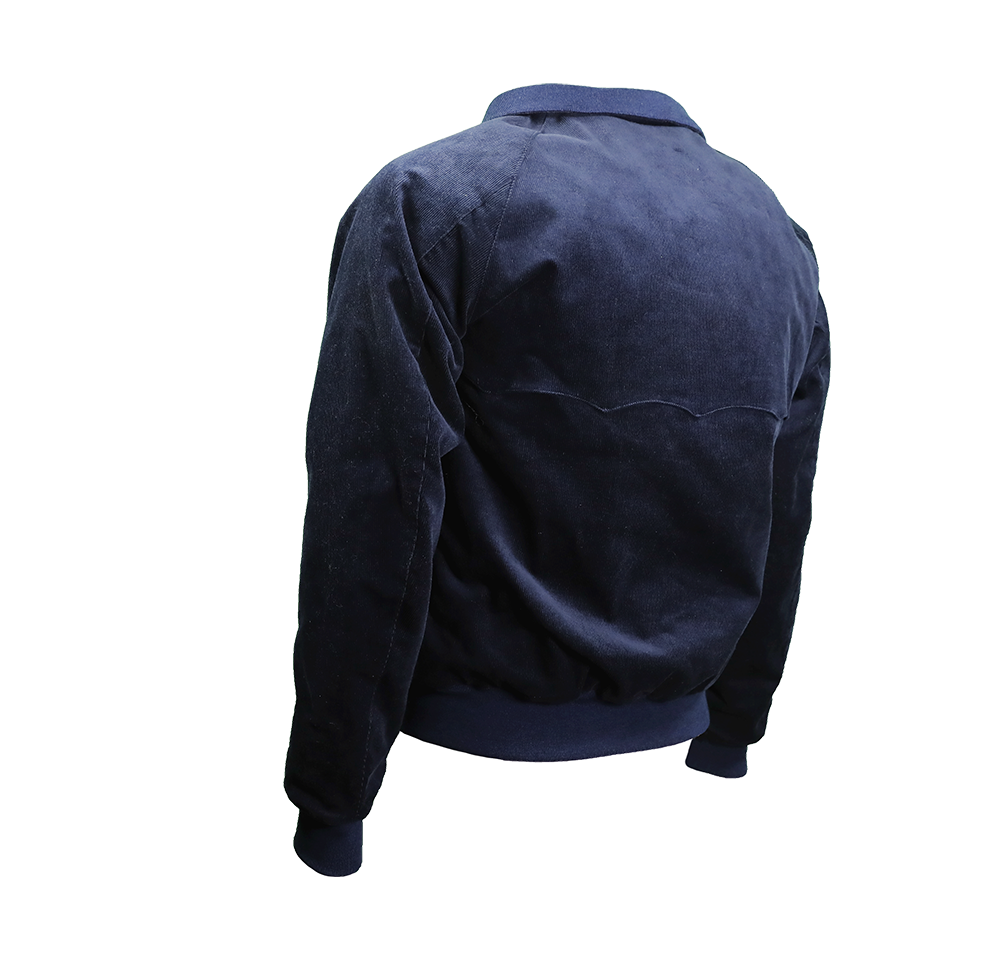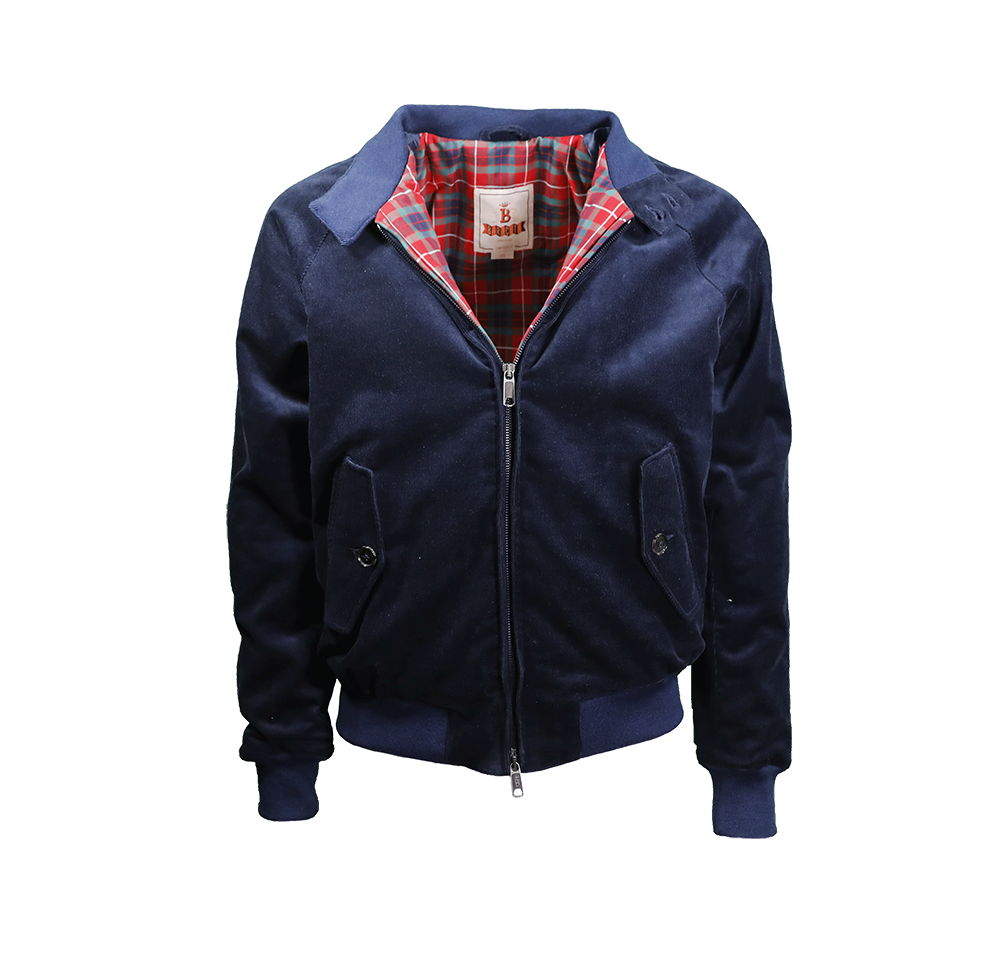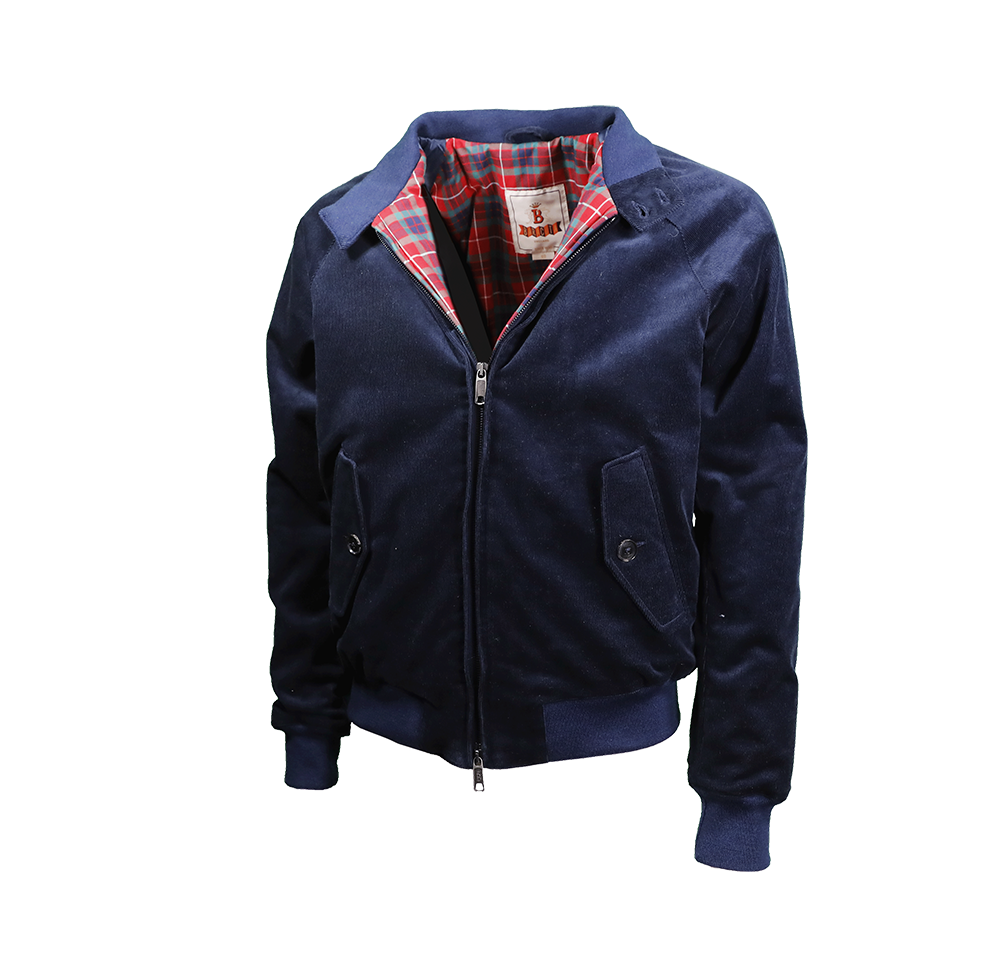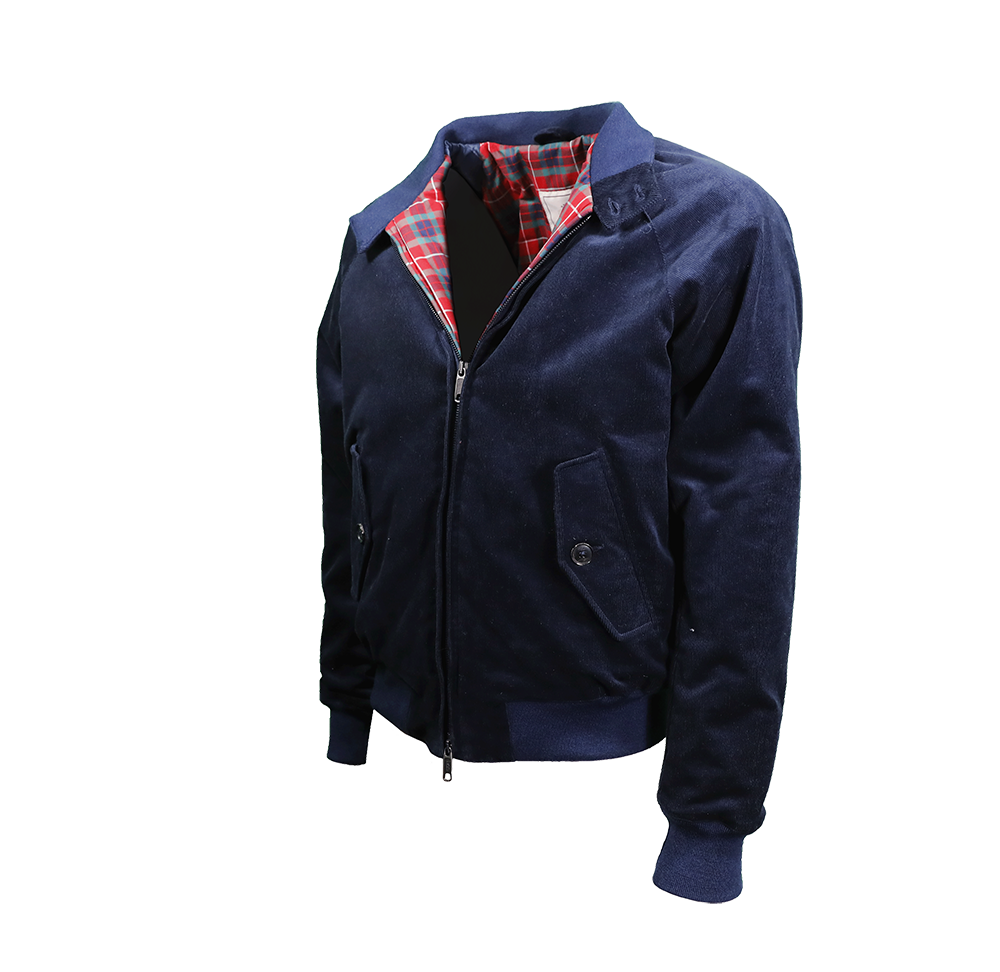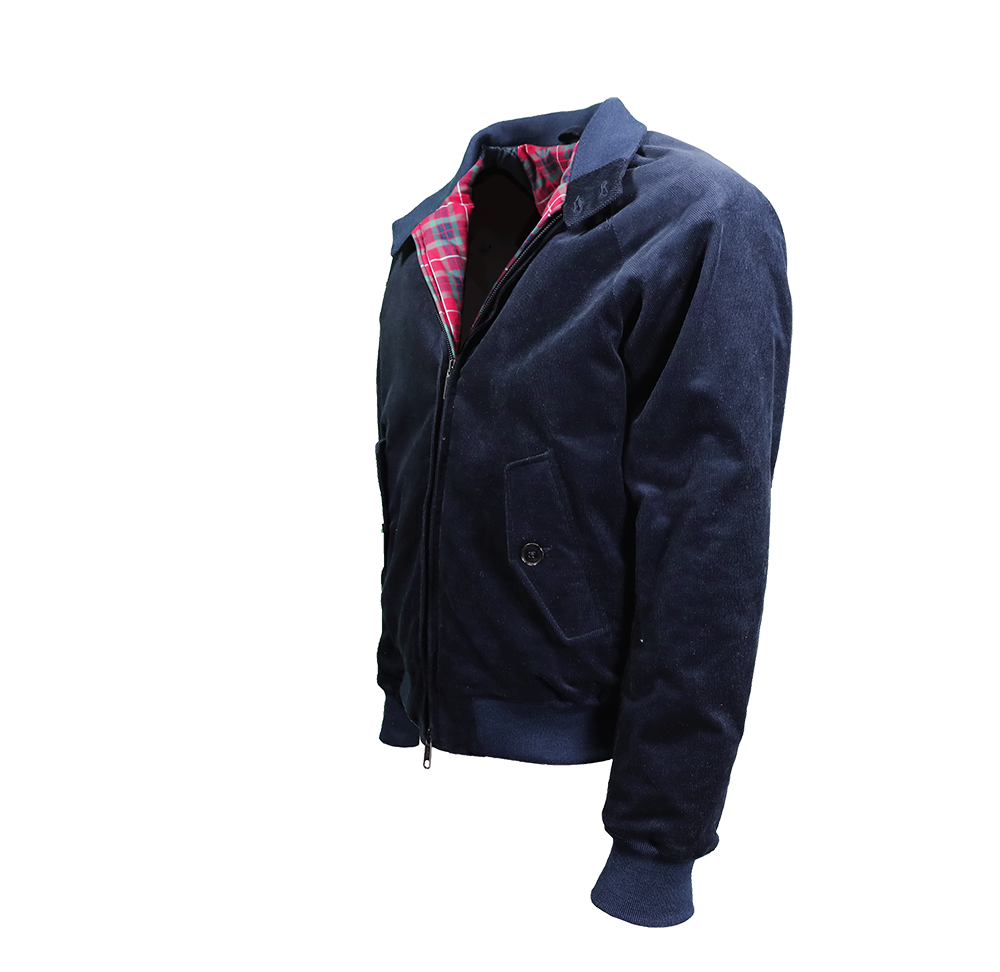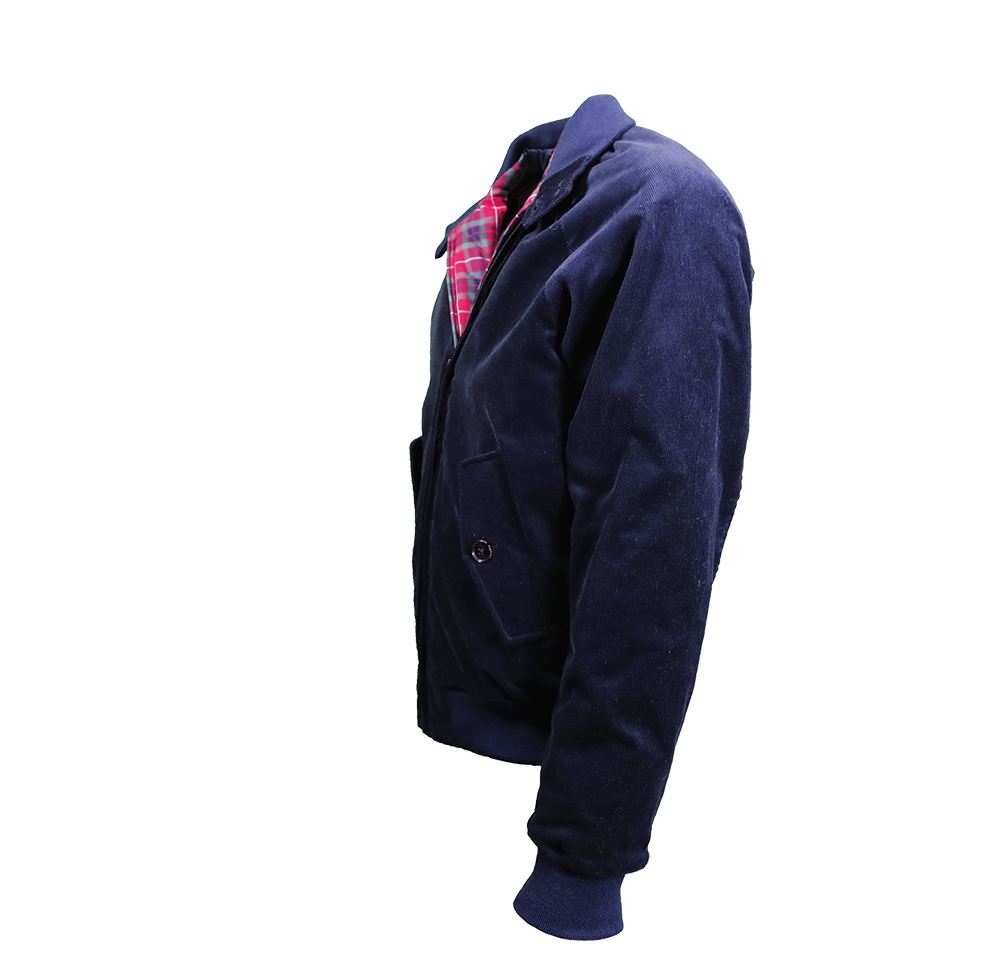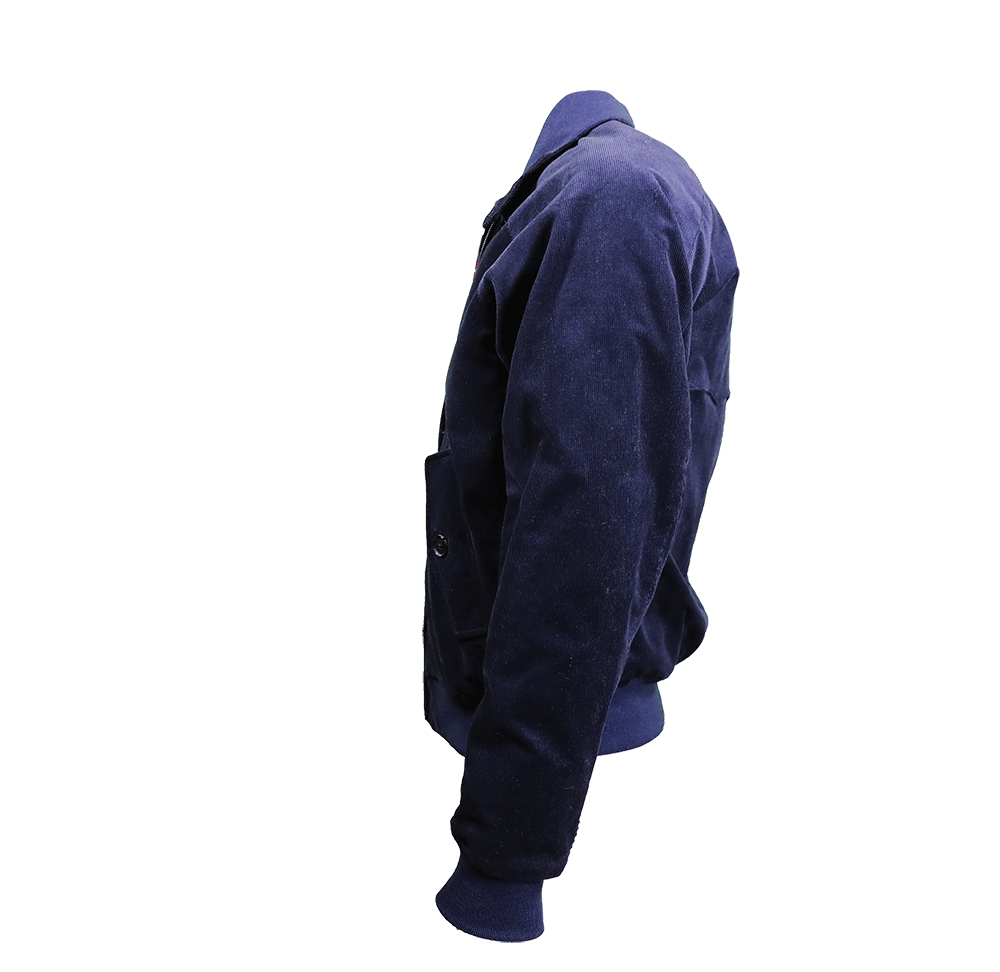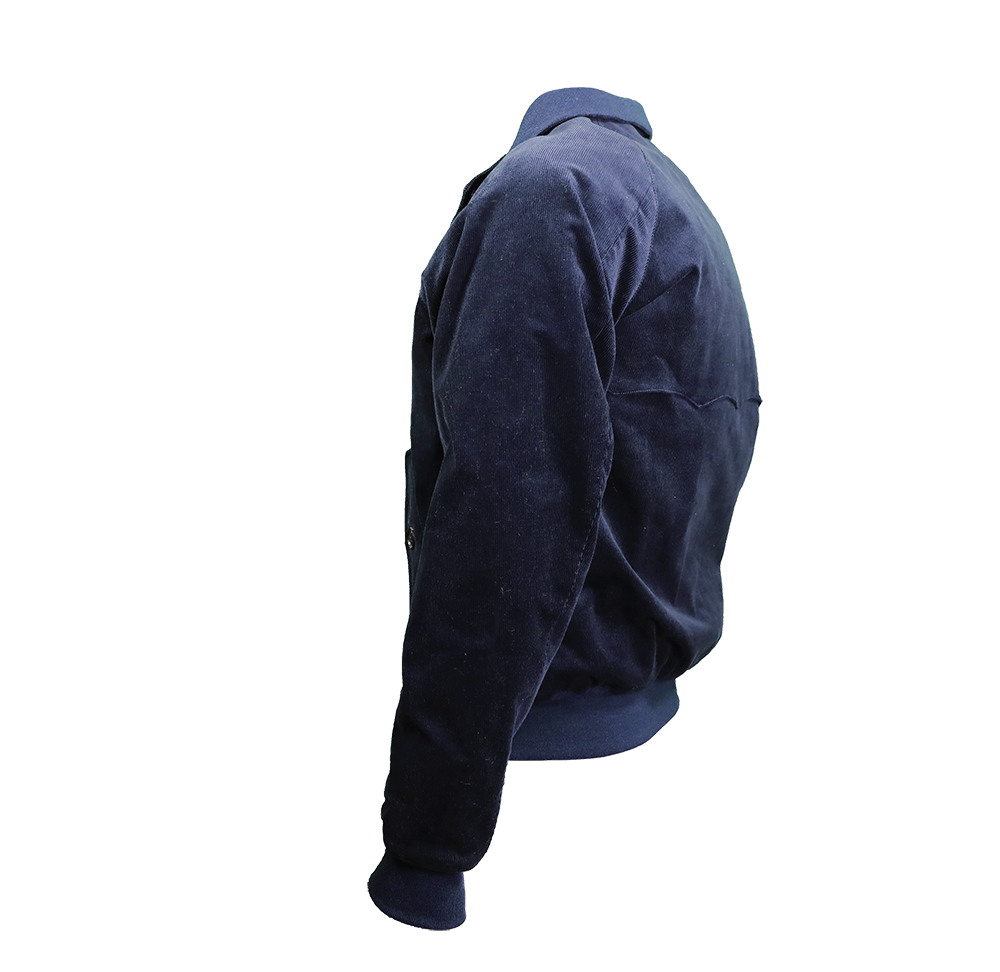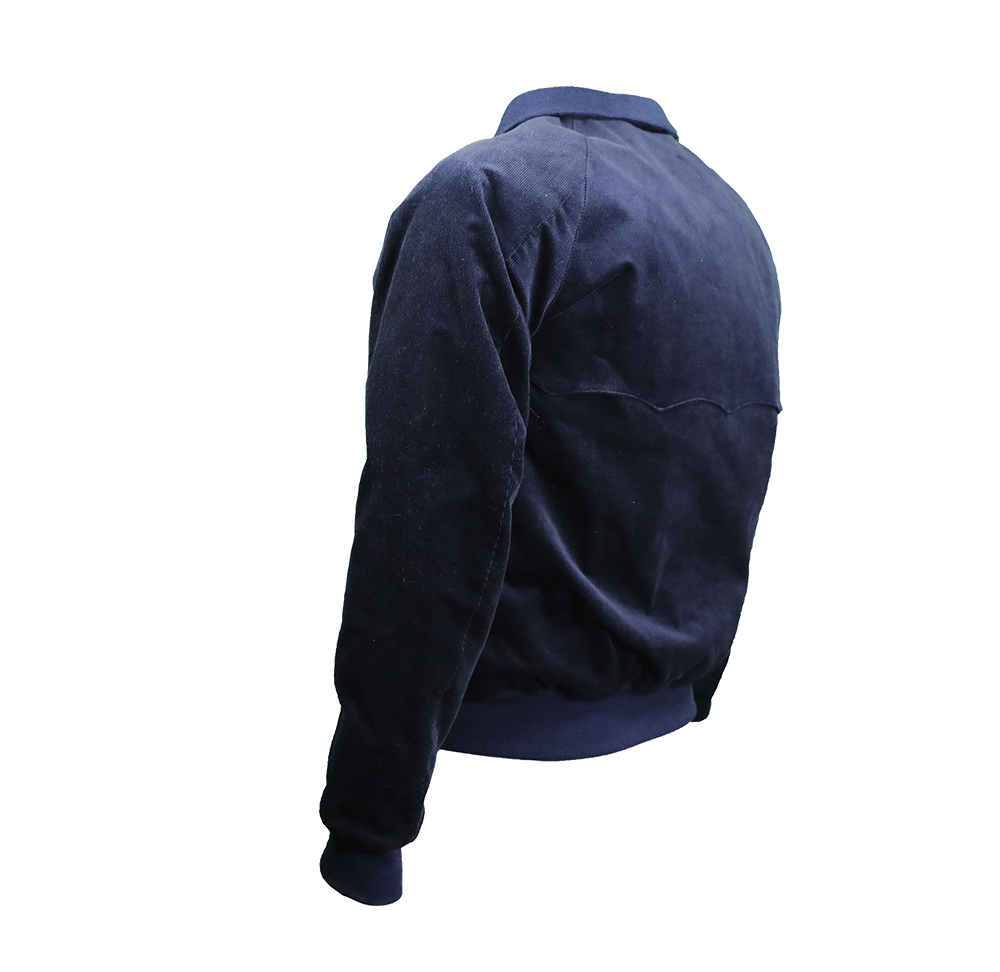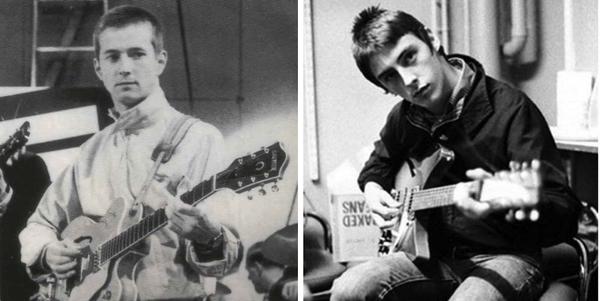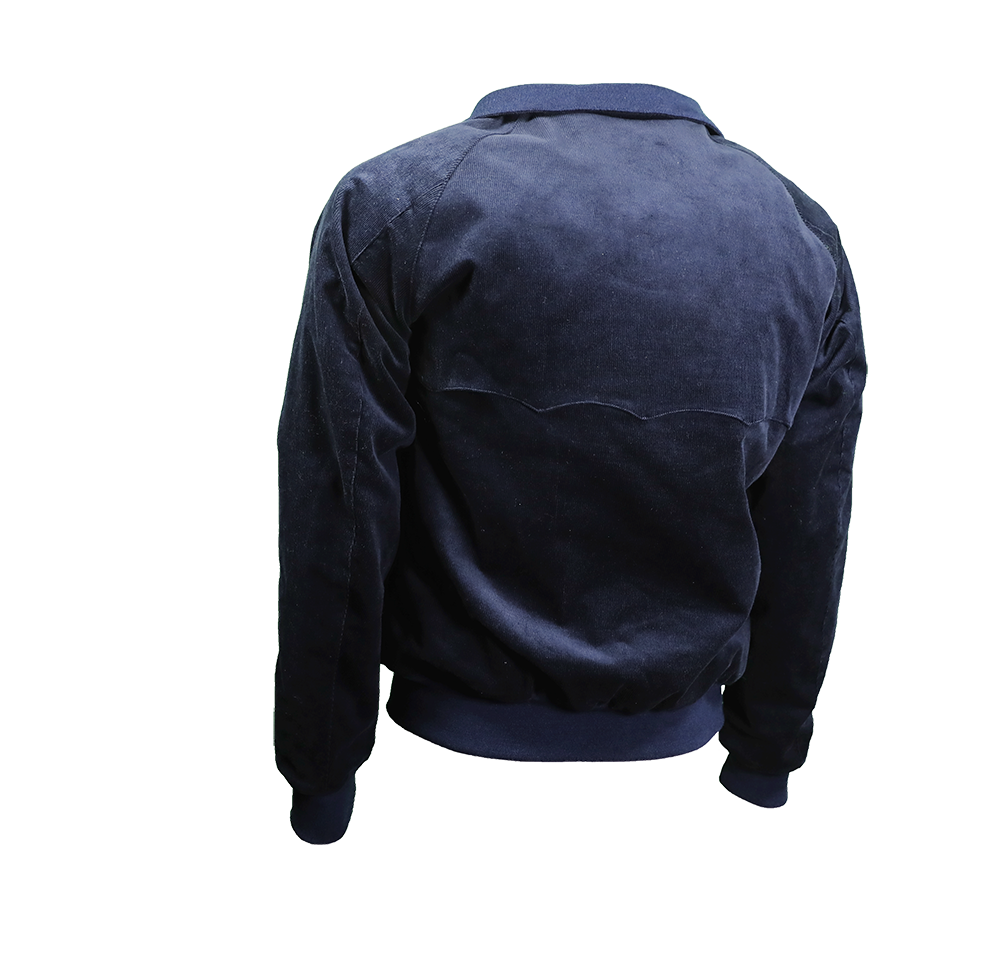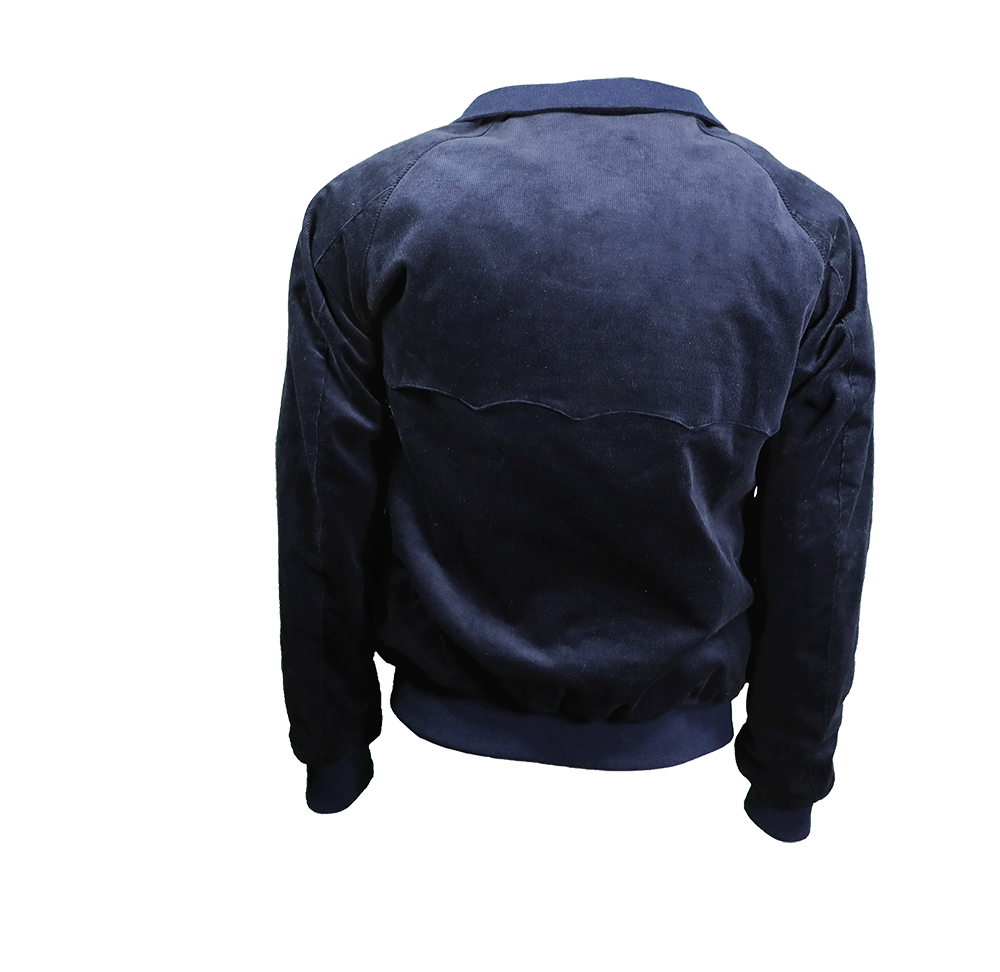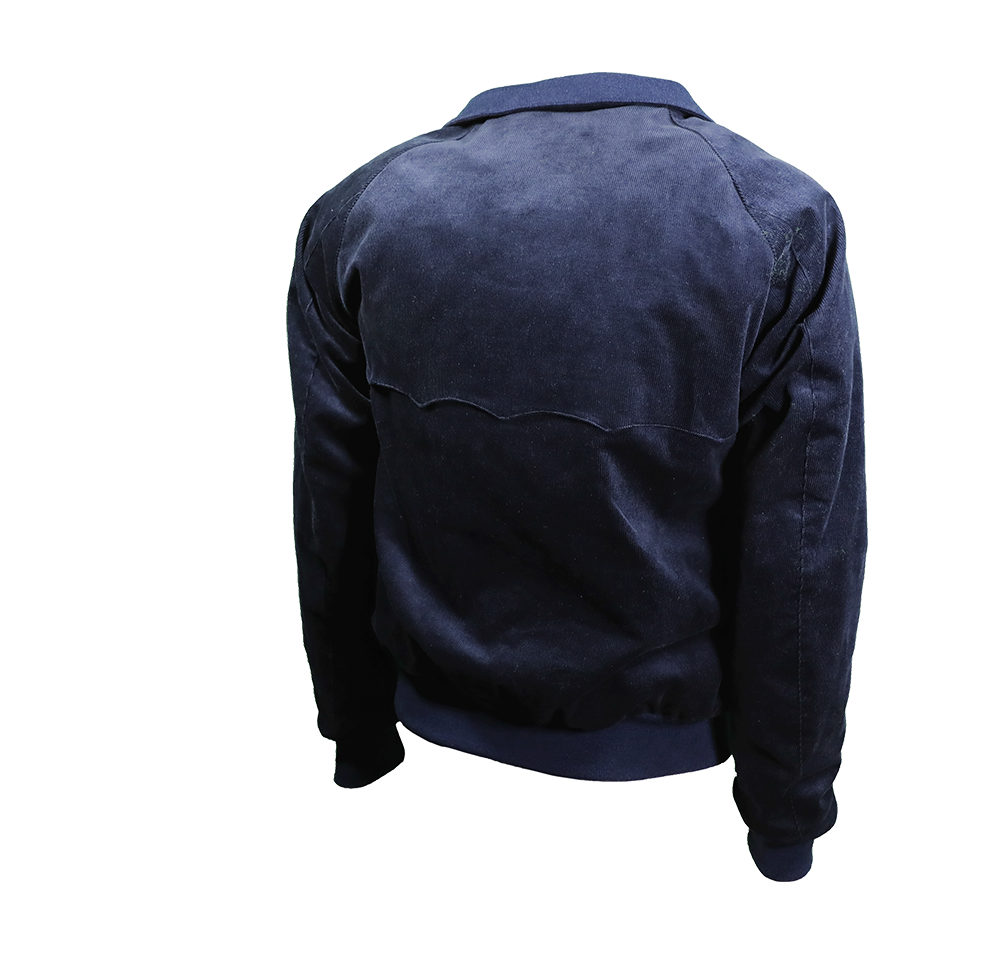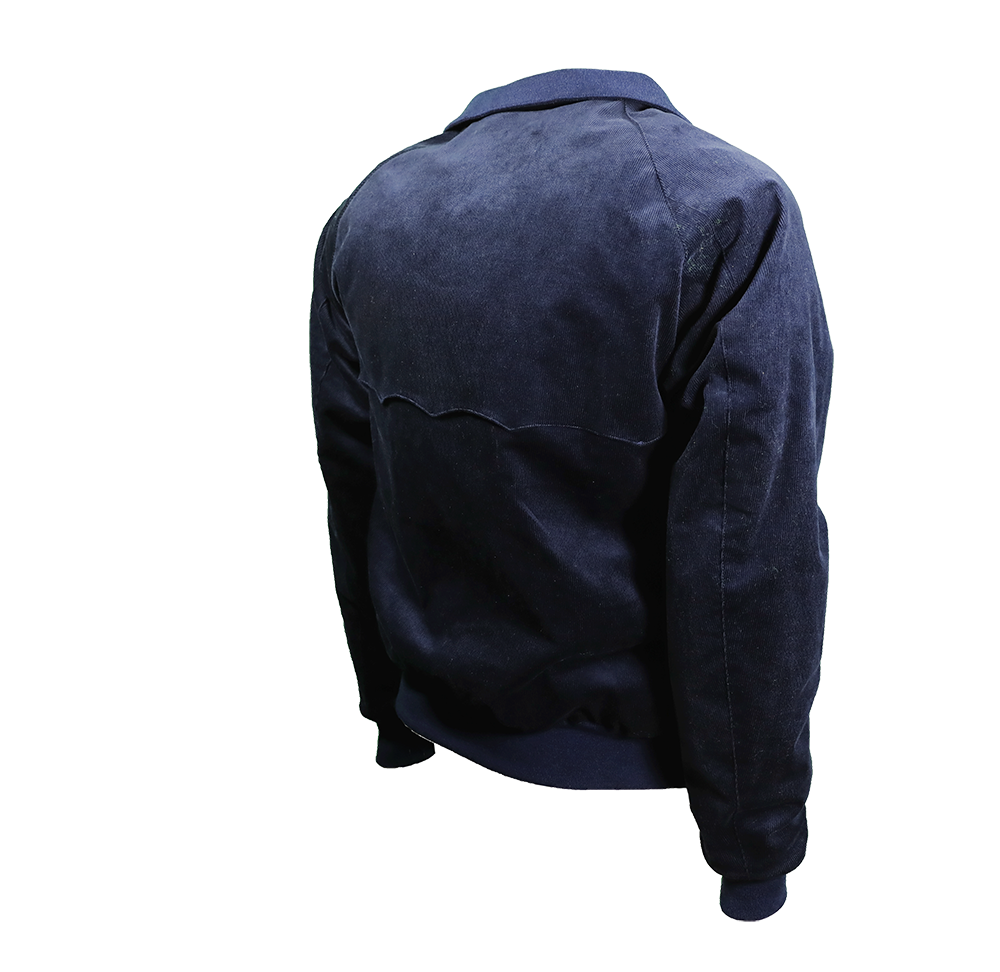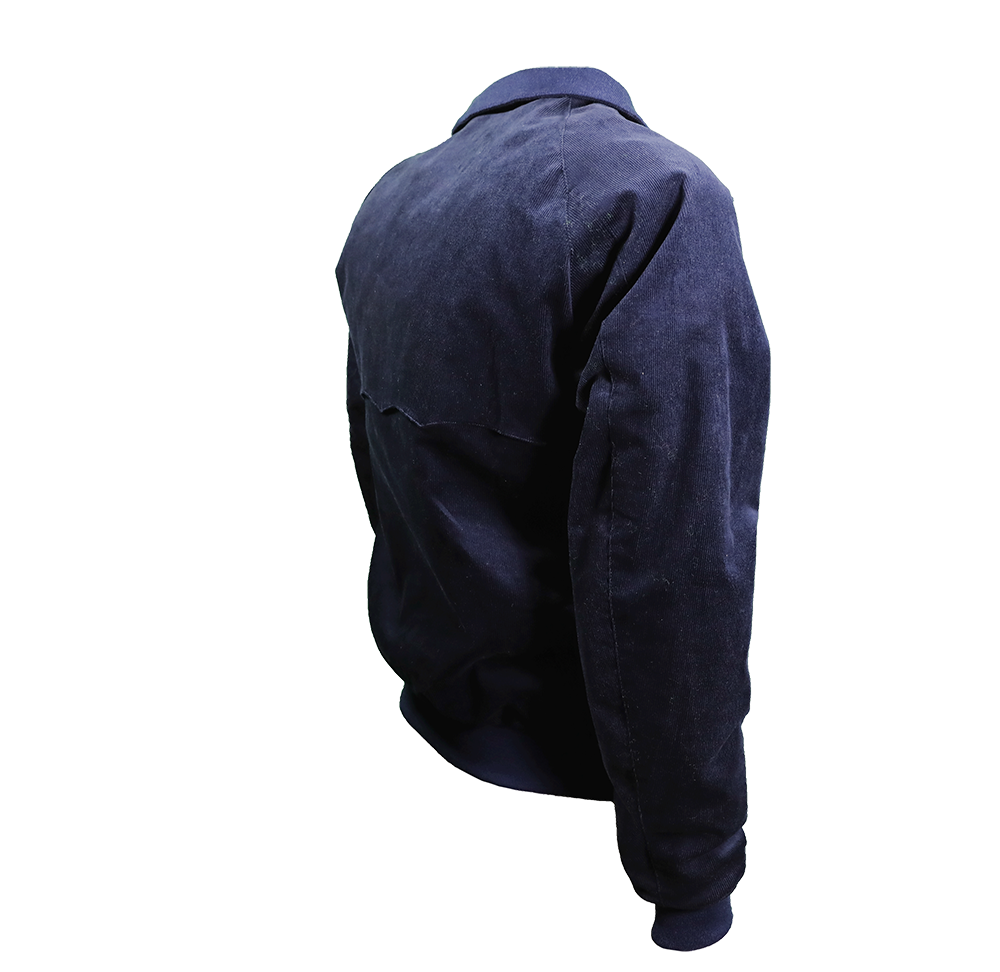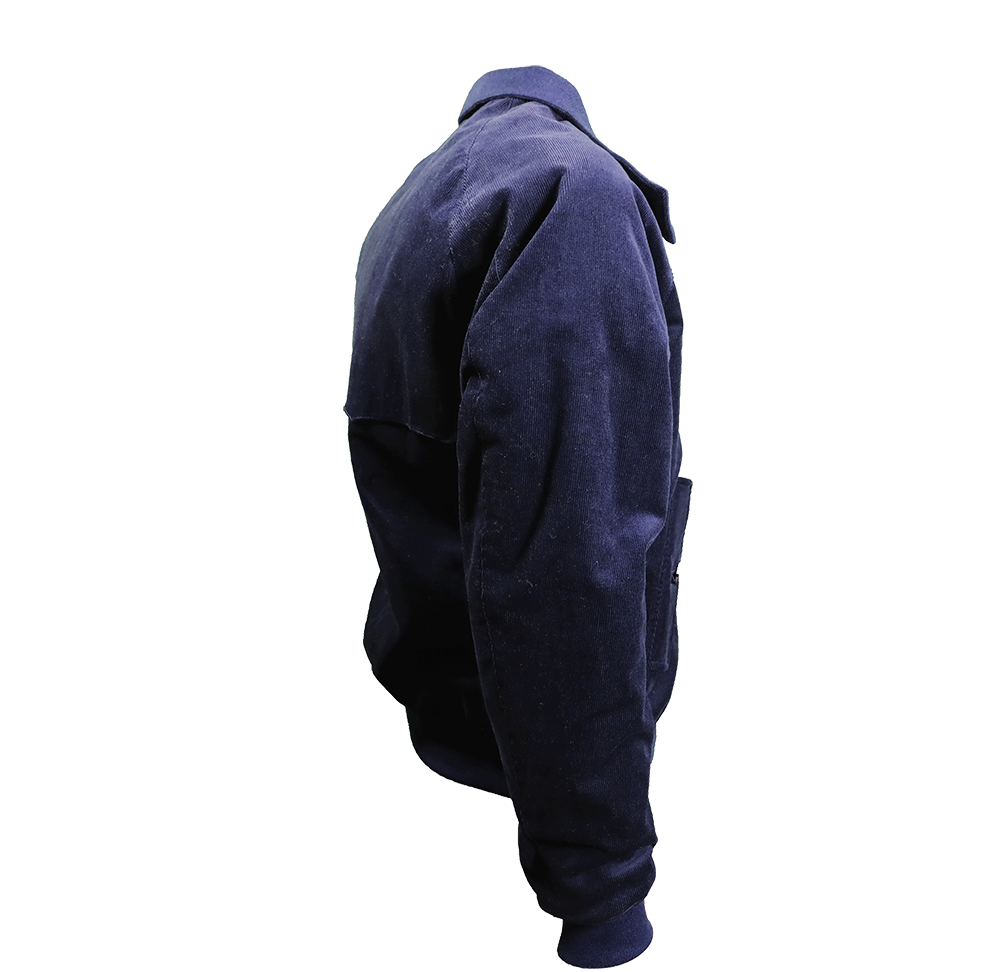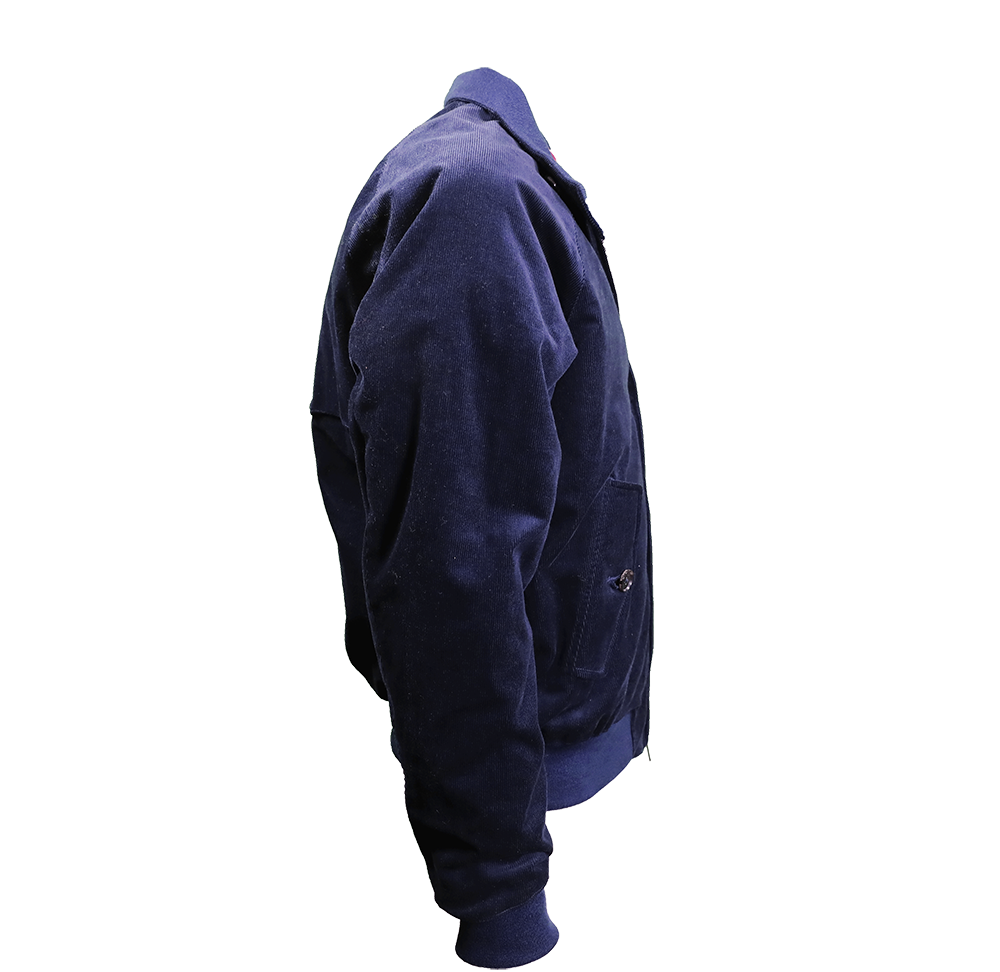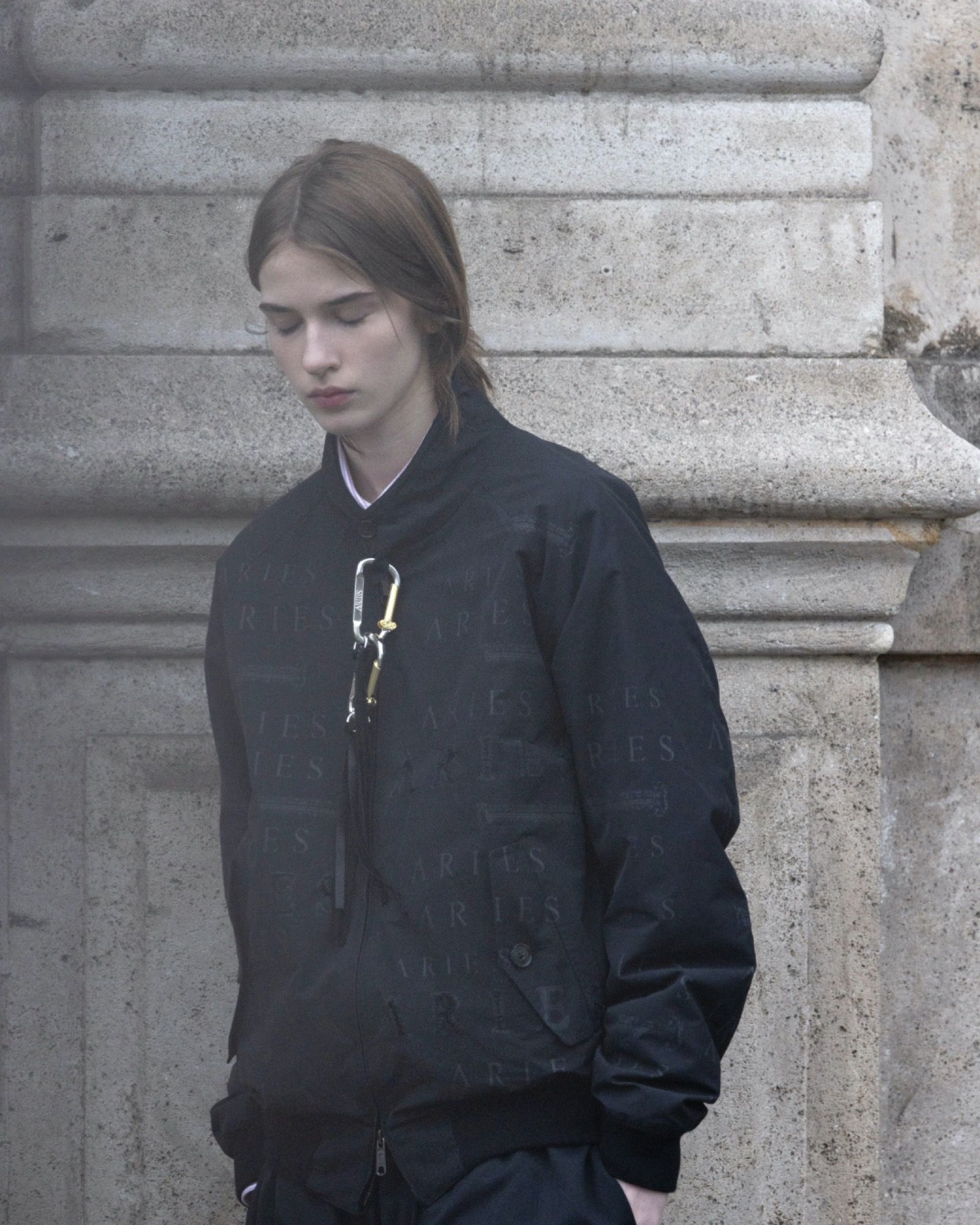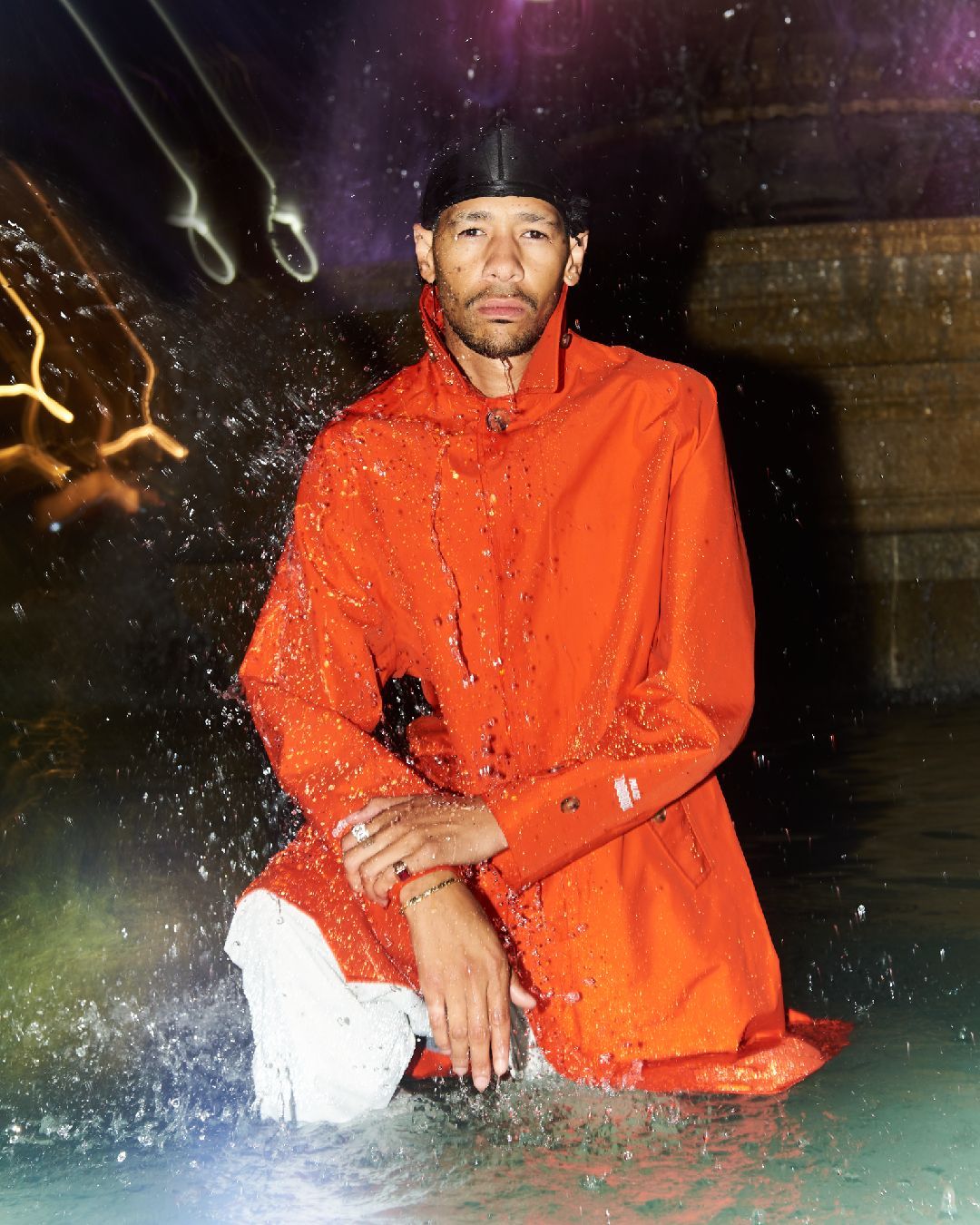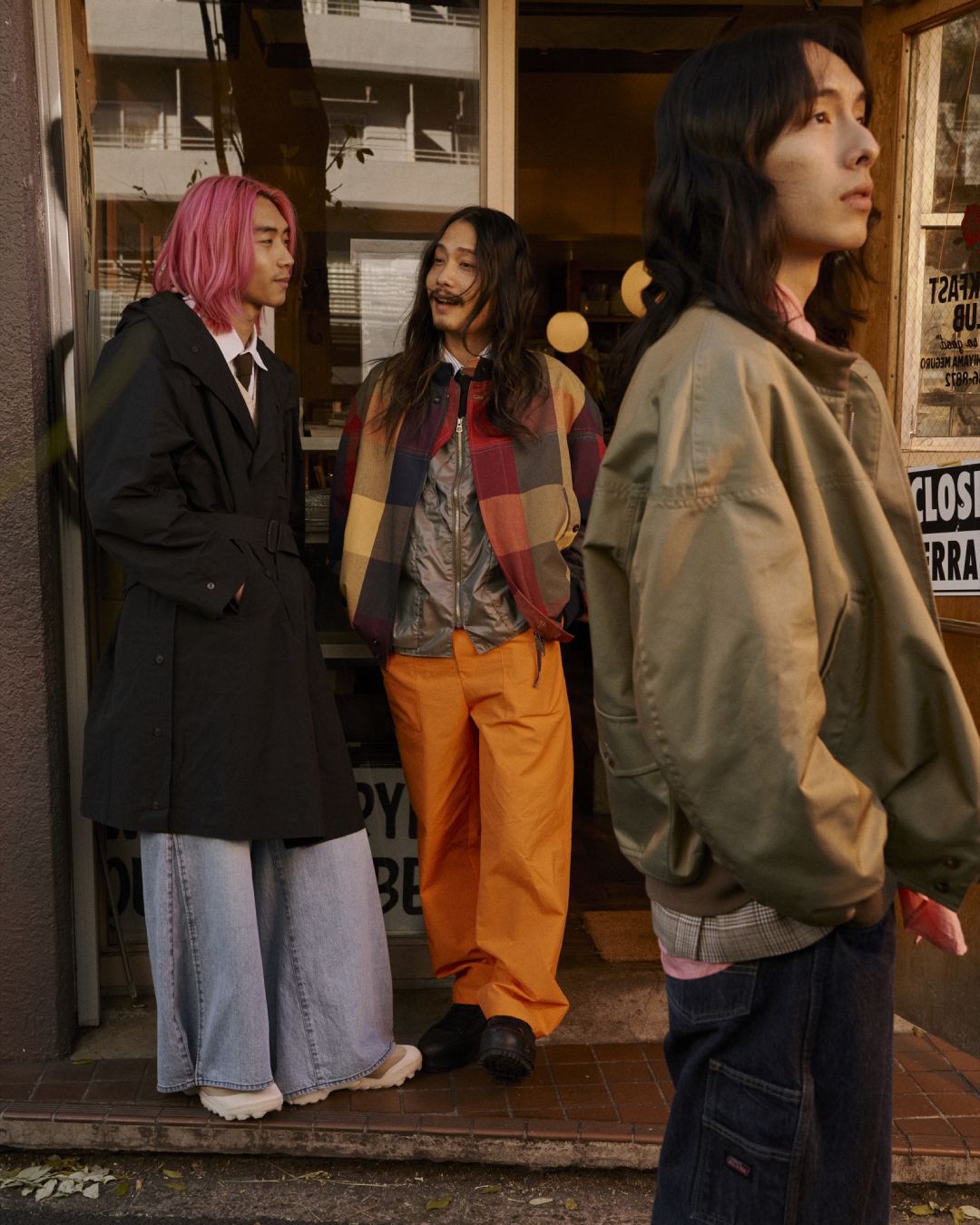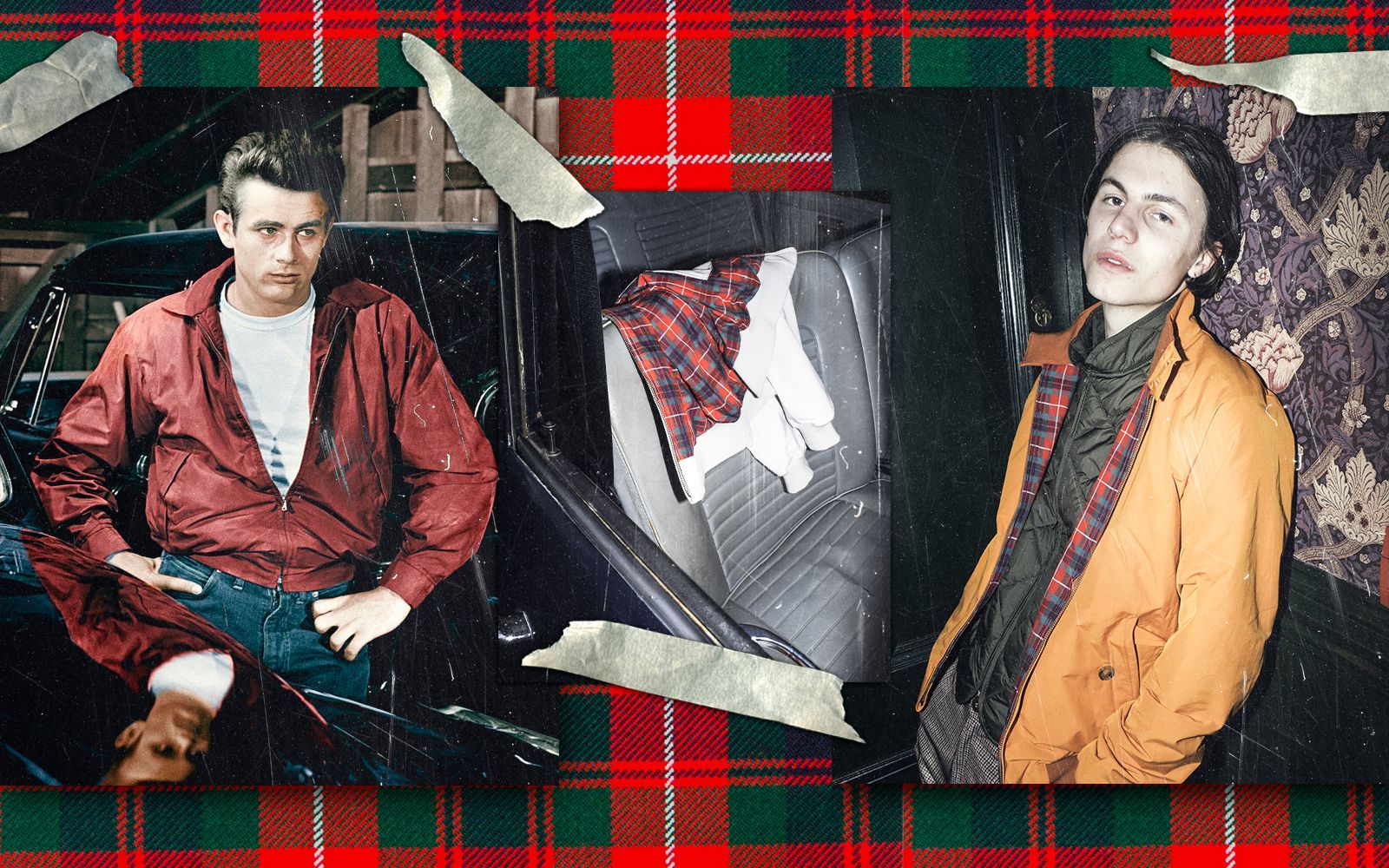
The definition of an Icon:<br> The Harrington Jacket by Baracuta
The history of the Baracuta G9: a legendary item that has greatly impacted menswear. Iconic is one of the most inflated words in the contemporary fashion system. A garment, a collection or a designer is hastily defined as iconic, without paying attention to the meaning of the term. Following the dictionary, this adjective "describes something or someone that is considered symbolic", in other words, an iconic object is able to represent and summarize in itself the cultural and social context that produced it. So sticking to this definition, it is difficult to find a more iconic menswear item of the Baracuta G9, also known as the Harrington Jacket.
From the American Ivy League college boys of the '50s to the Hollywood stars, through to British Mods, punks and skinheads, the Harrington Jacket was the uniform of elegance, rebellion, style and freedom without changing any of its design in more than 80 years. Making the Harrington Jacket an icon not just for the characters who wore it - it does not matter if the list includes Steve McQueen, Joe Strummer, Elvis Presley, Frank Sinatra and half of the London subcultures - but its very nature as a symbolic object of change in men's fashion and reflection of social and cultural changes.
This smart and classy outerwear has gone through eras and styles, embodying different values and identities.
The Origins: The Rain Of Manchester
Between the late 19th century and early years of the new century, the city of Manchester in England had two nicknames. The first wasRainy City, due to the regularly high levels of precipitation and the damp atmosphere. The second was Cottonopolis for the huge textile industry district that in 1912 came to produce a full seven and a half billion meters of fabric. Among these companies that were taking advantage of these two conditions was also Baracuta, founded by John and Isaac Miller. The Miller brothers had been making rainwear for companies like Burberry, but from the 1930s everything was about to change. The turning point happened in 1937, when the two brothers made the first G9, to be renamed Harrington Jacket thirty years later due to the American soap opera Peyton Place in which Ryan O'Neal always wore that jacket as Rodney Harrington. At the time, the success of their manufacturing business had afforded them the opportunity of joining Manchester’s social elite by becoming members of the local Golf Club, and they noted that there were no jackets on the market for golf players. So they decided to do one, the G9 (the G indicating “Golf”): a short, waterproof zipper-jacket that could be worn on the course.
The design offered sufficient freedom of movement to allow players to strike the ball without restrictions.
To add a touch of Country Club style to the sport item, the Miller Brothers approached Lord Lovat, the 24th Chieftain of Clan Fraser, seeking his permission to use the red and green Fraser tartan for the lining of the jacket. Winston Churchill described him as “the handsomest man to cut a throat", he was the head of the British Commandos in the WWII and was the only one who could enhance the hard-edged masculine appeal of the design. Although it was primarily designed for golfers, before the WWII the G9 was used by many middle-class English workers who found that the baggy fit was an elegant alternative to work suits without having to wear tailored clothes, expensive and unfit for movement. The Miller brothers had to wait until the '50s to see the G9 going mainstream, when Baracuta began to export the G9 to the United States.
For the rise of the Harrington Jacket, the Ivy League kids started the trend and Hollywood did the rest
The Harrington Jacket in Pop Culture
The first cultural revolution in the post-war United States didn’t start amoung the hippie communities or in the Afro-American ghettos, but in the Ivy League Universities, the best colleges in the country. There, the young yuppies started to experiment with an elegance that for the first time would divert from the classic suit and tie. They started wearing bomber jackets and aviator military jackets and, following the trend, the Baracuta G9 became one of their favourite items, an icon of the preppy style. That was the beginning of the men’s fashion revolution that until then was made up of more traditional and older style codes.
In 1955 James Dean wore it over a white T-shirt in Rebel Without a Cause, the manifesto of the new young aesthetic; in 1958 it was the turn of Elvis Presley to wear it in King Creole. But the actor that more than anyone else tied his image to the Baracuta was the King of Cool, Steve McQueen, who would sport it both on film and in his private life, he was even photographed wearing it in Life magazine’s cover in 1963. In this way the Harrington Jacket became one of the symbols of the new male aesthetic and for the first time it gave life to the concept of coolness unconnected to success or social position: the Rebel Cool is the man who charms society with his rebel attitude.
This kind of taste quickly became part of the mainstream aesthetic, and was soon sported by Manhattan cops as well as by John Fitzergerlad Kennedy, defining the American man’s style.
On the other side of the ocean, the Harrington made its way to the backdoor of the first British subcultures. During the 60s, the first group to use the G9 were the Mods who, according to their motto "live clean in difficult circumstances" were the first subculture to maniacally treat fashion and aesthetics, with a trendy look of military inspiration and wasps or lambrettas topped by lights.
Compared to the hippy fashions of the day, the jacket was such a conservative throwback, that it exuded its own kind of nonconformist cool.
On the other side of the ocean, the Harrington made its from the backdoor to the first British subcultures. During the 60s, the first group to use the G9 were the Mods who, according to their motto "live clean in difficult circumstances" were the first subculture to maniacally treat fashion and aesthetics, with a trendy look of military inspiration and wasps or lambrettas topped by lights.
It was one of Mod's reference shops to spread Harrington in London subcultures: John Simons owner of The Ivy Shop (a name inspired by the American Ivy League) to showcase a Baracuta G9 with the inscription "The Rodney Harrington jacket ".
The Mods of the ‘60s were, together with the Jamaican rude boys, the origins of the ‘70s and ‘80s English subcultures: from punks to skinheads who turned the Harrington into their uniform along with shaved heads, Doc Martens and shirts worn with suspenders. The image of the rebel jacket was exacerbated from these subcultures that, as opposed to the American Ivy League boys, came from the proletariat and the English suburbs. For these groups fashion was a way to identify and stand up against society.
The Harrington Jacket came to be identified in the mainstream culture no longer as the cool rebel of Rebel Without a Cause, but in the brawls on the beaches of Brighton, in the hardcore sounds of punk and in the smell of pot at ska concerts. The idols of this generation followed this trend too: in 1981 Joe Strummer wore the Baracuta G9 during the Clash concert at Times Square. During the ‘80s the Harrington remained a cornerstone of the English alternative fashion, rediscovered and worn in the ‘90s and ‘00s by the Brit-Rock revival wave, by Damon Albarn, Franz Ferdinand and Liam Gallagher. In 2008 it made its come back on the big screen with the ambassador of the British style, James Bond, in the movie Quantum of Solace, where Daniel Craig wears a Baracuta G9. From Harvard to the London ska concerts, the Harrington crossed half a century of Western culture, becoming an iconic item, symbol of different styles and heritages.
Anatomy of the Harrington Jacket
Double button straight collar
Button flap pockets
Tight wristbrand
Fraser tartan interior lining
Full front zip
Back yoke umbrella inspired
The new life of Baracuta
From the re-launching of the brand in 2005 at Bread&Butter, Baracuta presented itself onto the luxury menswear market while always keeping an eye on its own rich history. The various interpretation of the G9 are now the foundation of the new SS19 collection.
The G9 is still the protagonist in its timeless taste, revisited only in the Archive version, with a looser and bigger fit.
The real news of the collection is the introduction of the Overshirt, standing halfway between a shirt and a jacket. Buttoned neck, busted out, breast pocket and piping inserts in the seams, it is in the fabric where the brand made another experiment: the dyeing of the item. The dyeing as its final process, once made, redendered the item completed, at high temperatures, allowing a variety of unique hues. A process born from the English tradition and applied also on the G9 Detachable Hood, Preston Parka and G4 Shirt Collar, or on the G10 and G9 Authentic Fit, in satin cotton and nylon.
The military taste, which draws its origins from the first years of Baracuta, is shown not only in the volumes, practical but always clean, but also in the Camouflage pattern, the same that can be found in the archive of English prints, graphic lemmas reinterpreted in the Desert and British textures that transform the uniforms Anorak Loose, Overshirt and even the G9.










































